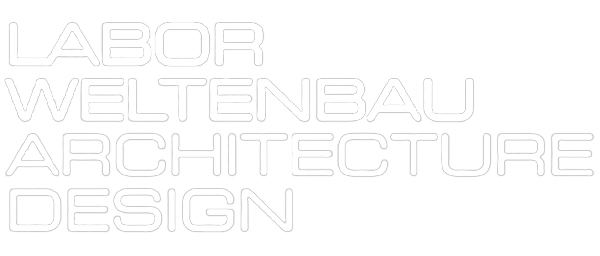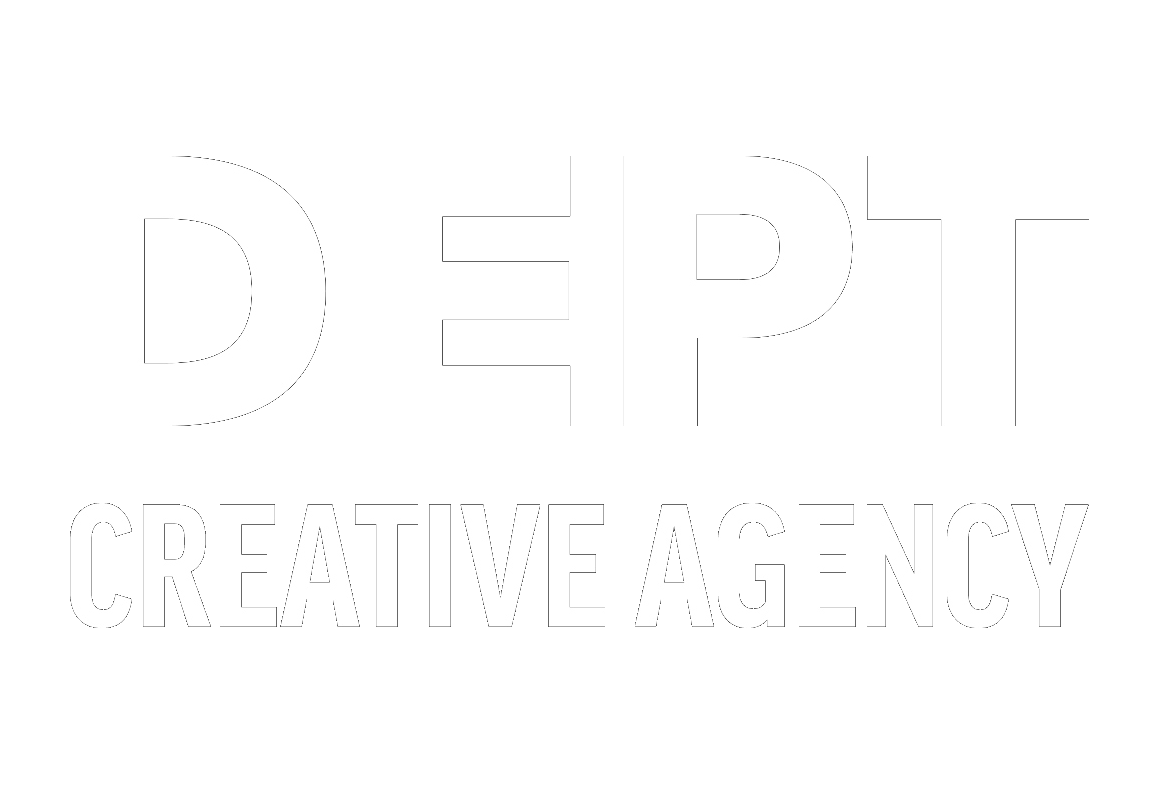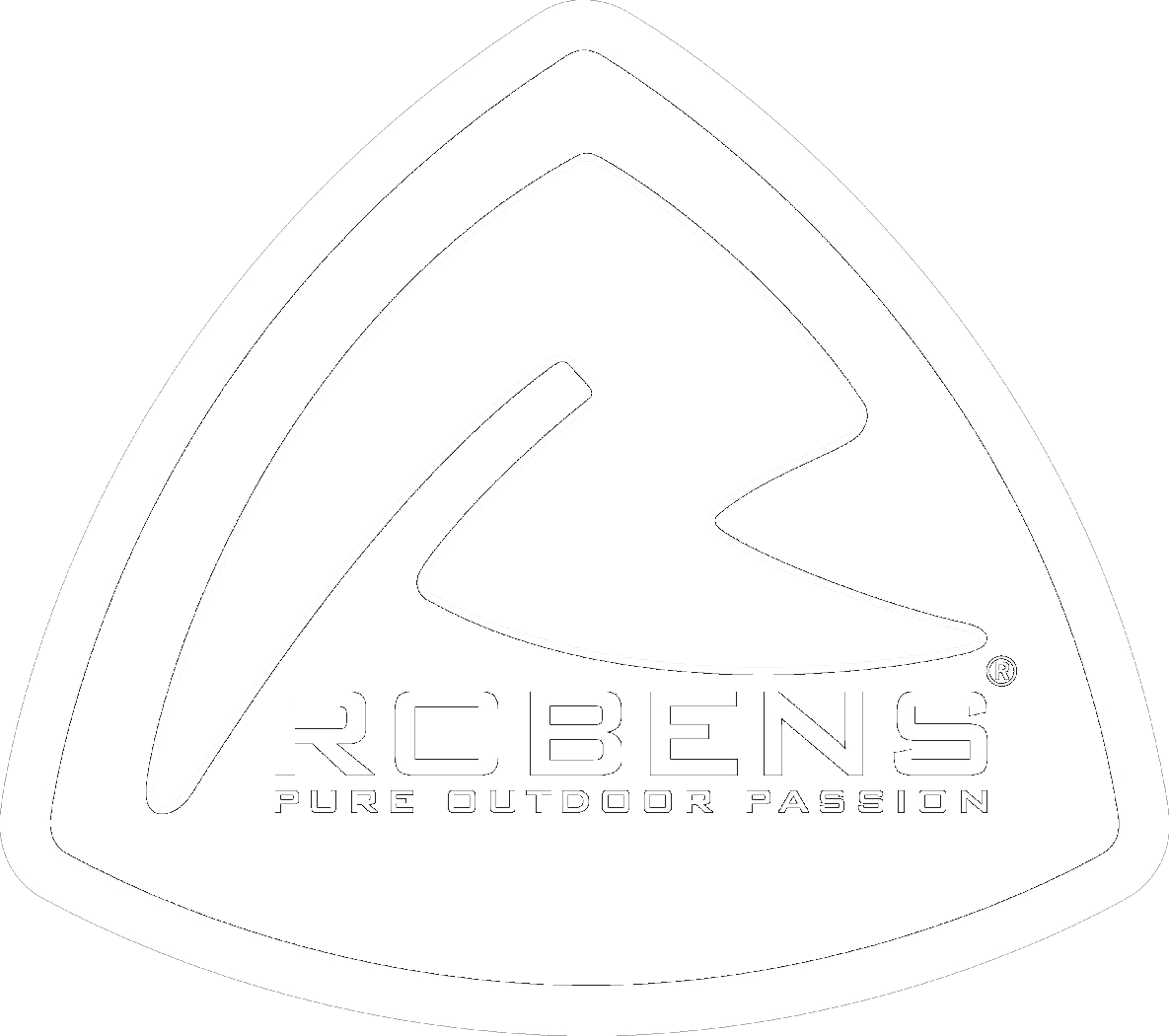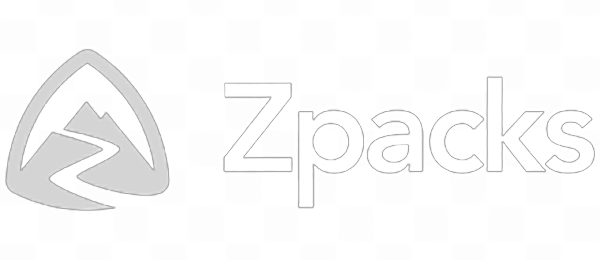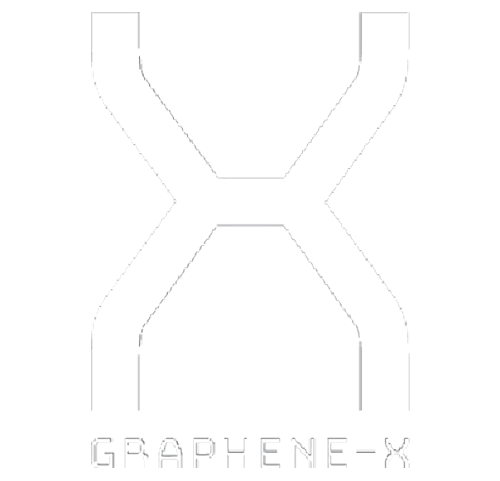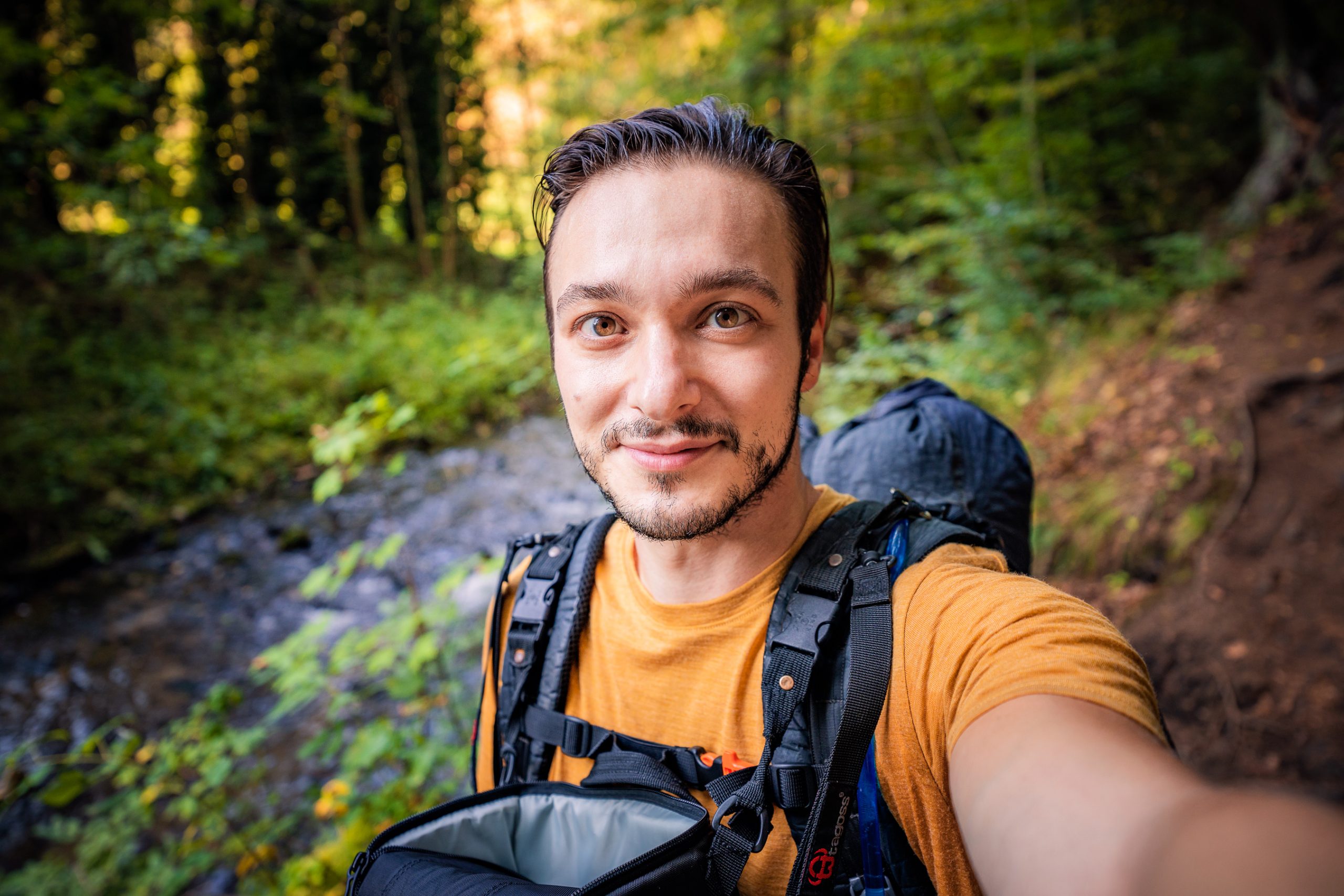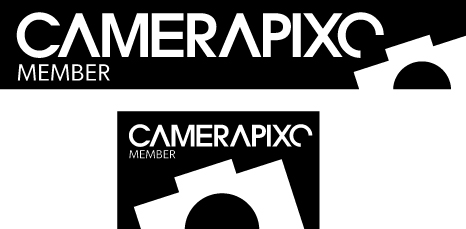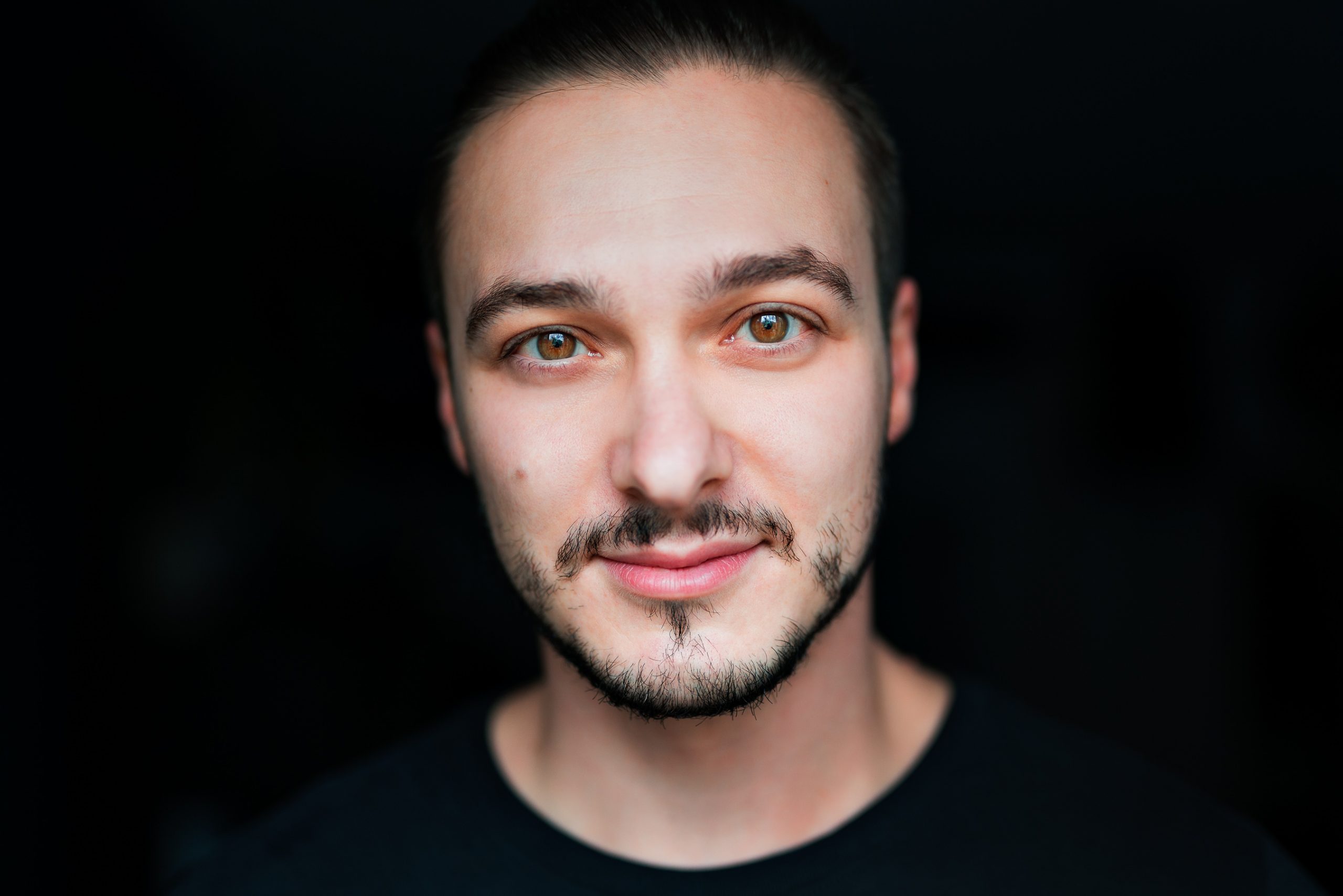
Philip Gunkel is an international professional fine art photographer that is specialized in architecture, commercial and outdoor photography.
He is born in 1986 in Berlin, Germany where he is still living and working today.Philip made his graduation in Photodesign in 2012 at the Lette-Verein and since then has been committed to working both commercially for an international client base, as well as on personal work for book projects, publications and exhibitions.
His perfectionistic, technical approach, together with the schematically appearing, expressive color contrasts, gives his commercial work a unmistakable personal signature style and with that his work also gets a high recognition value.
Even though he works digital most of the times now, he started photography with analog middle and large format cameras, learned how to develop and print in black and white and still loves to use his Hasselblad 500C/M from time to time.
His two main passions are to shoot modern and abstract architecture with a desire to perfectionism and high quality that does justice and reveal the main thoughts of the architects and he feels highly determined to travel the most remote and rugged landscapes of mother earth and to caption the unique and utterly beauty of primordial nature.
Philip is known for his super wide angle panoramic images up to 360 degrees from majestic mountain landscapes to modern architecture interiors that result in super sharp high resolution prints. He is also recognized for his often graphical looking, minimalistic, partly even abstract aerial images.
Recently he also got himself into timelapse cinematography and documentary filming. In between he loves to create personal fine art series of landscapes, cityscapes, or abstracts that leaded into several exhibitions and retail book publications.
For a year and a half, Philip Gunkel documented the places where the gates of the Akzisemauer, Berlin's old city wall, have been located.
In the past, trade was controlled here and customs duties were levied. Although the Akzisemauer was built in the earlier 18th century and was torn down less than 150 years later, it is still present in the urban layout of Berlin today.
Philip Gunkel, who himself grew up near the Akzisemauer and still lives in the area today, uses his images to show the historical boundaries of the old core of Berlin. In his photographs documentary photography and high artistic standards meet...
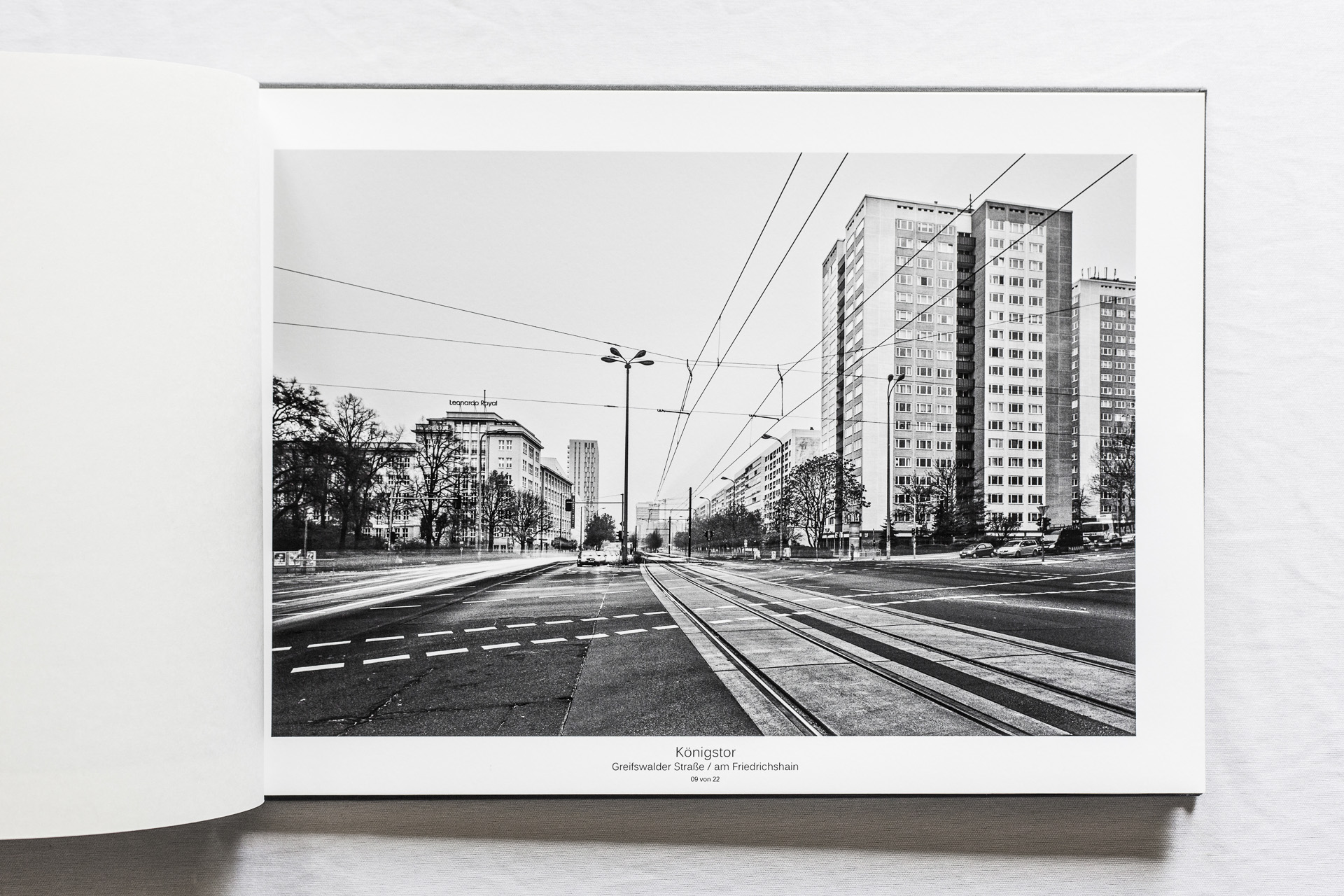
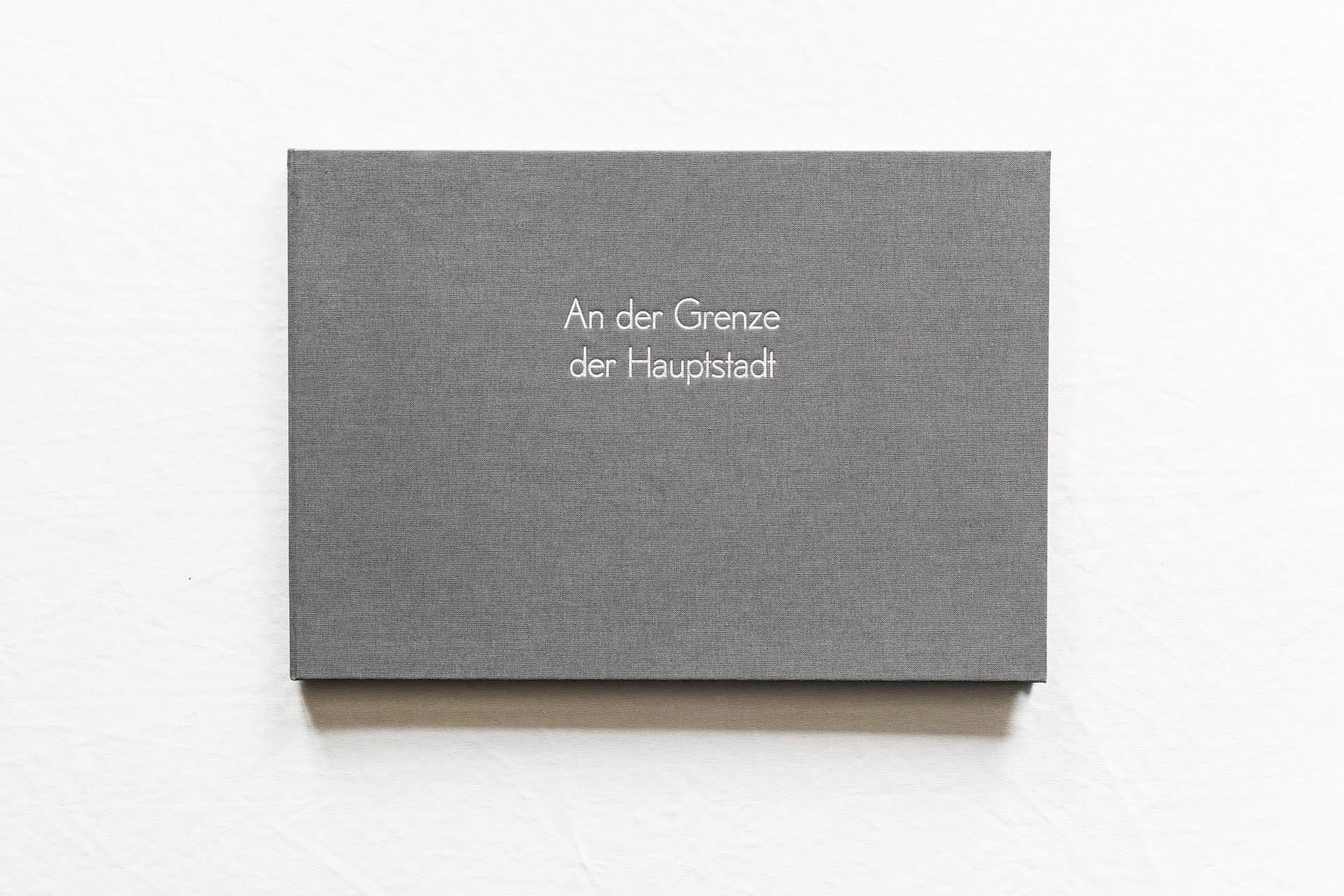
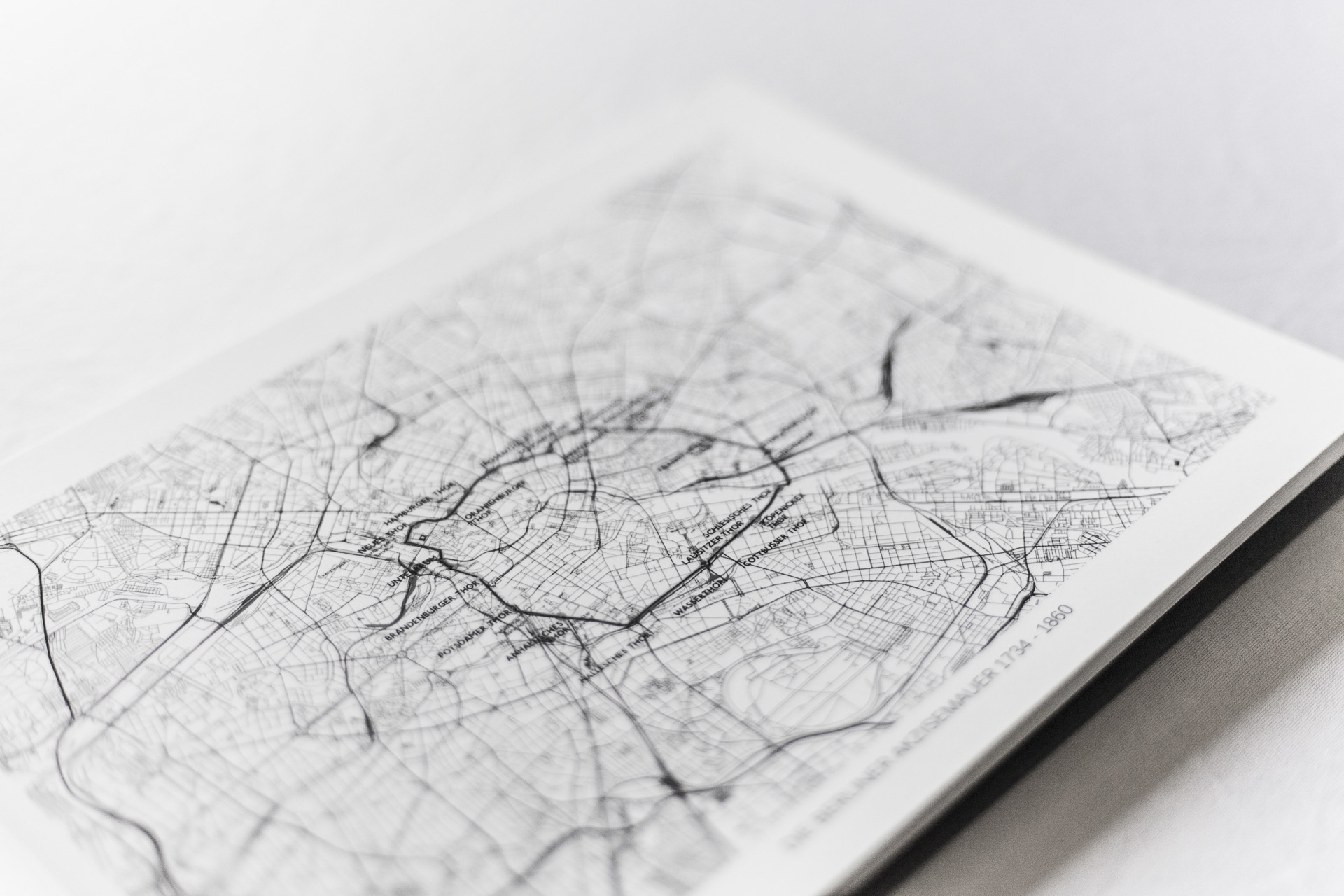
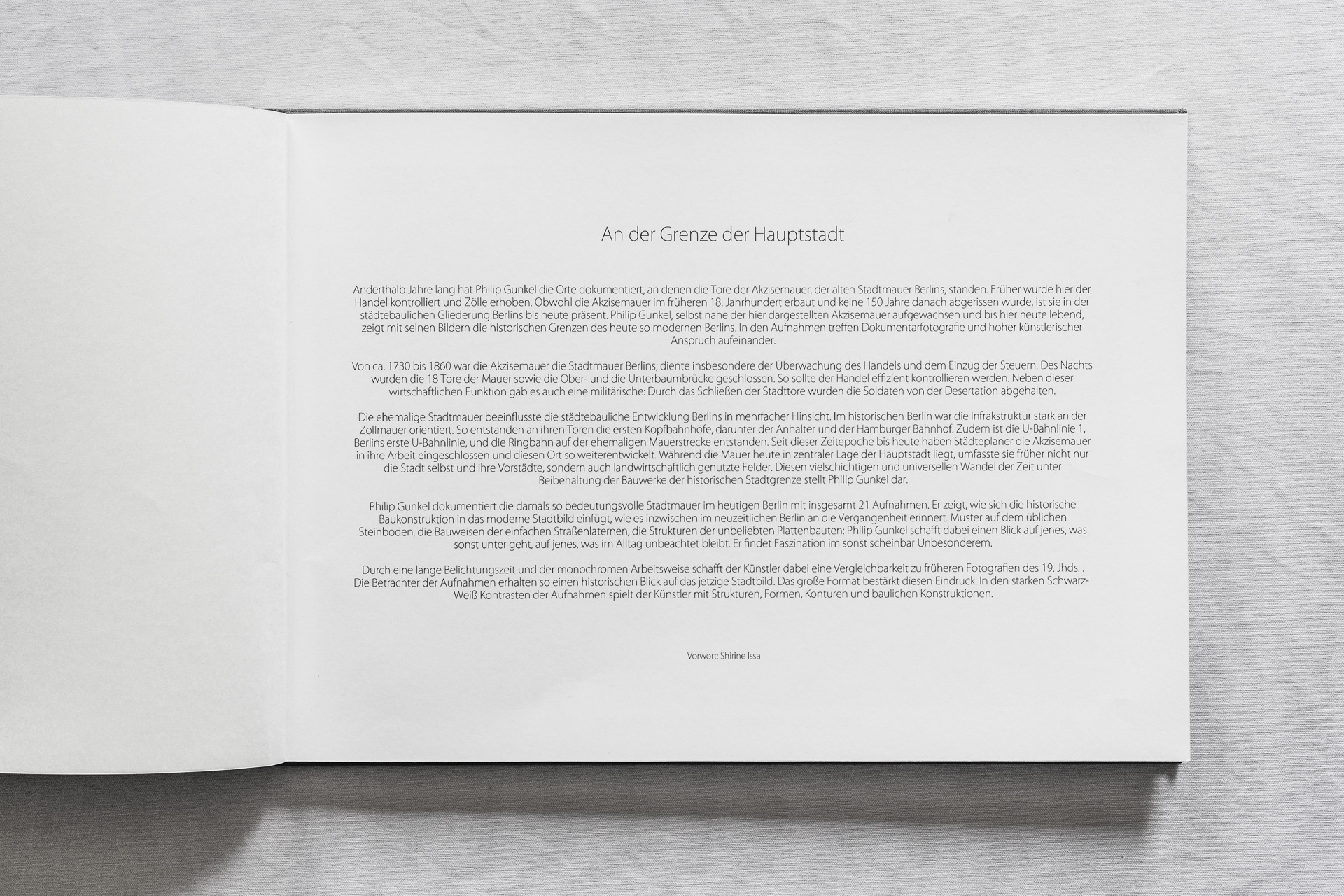
The Theaterschiff am Urbanhafen (TAU), the MS schöne Aussichten, was not only a place to come together and relax, but above all a cultural meeting place for actors, musicians and artists.
Since the owner Murat Celikel, theater director and ship owner, went bankrupt in 2000, it lay abandoned at anchor in front of the Urban Hospital in Urbanhafen in Berlin Kreuzberg for almost 12 years until it was finally towed away.
During this time, there was much dispute about the boat: The insolvency administrator tried to compensate the debts of the old owner by finding a new interested party...
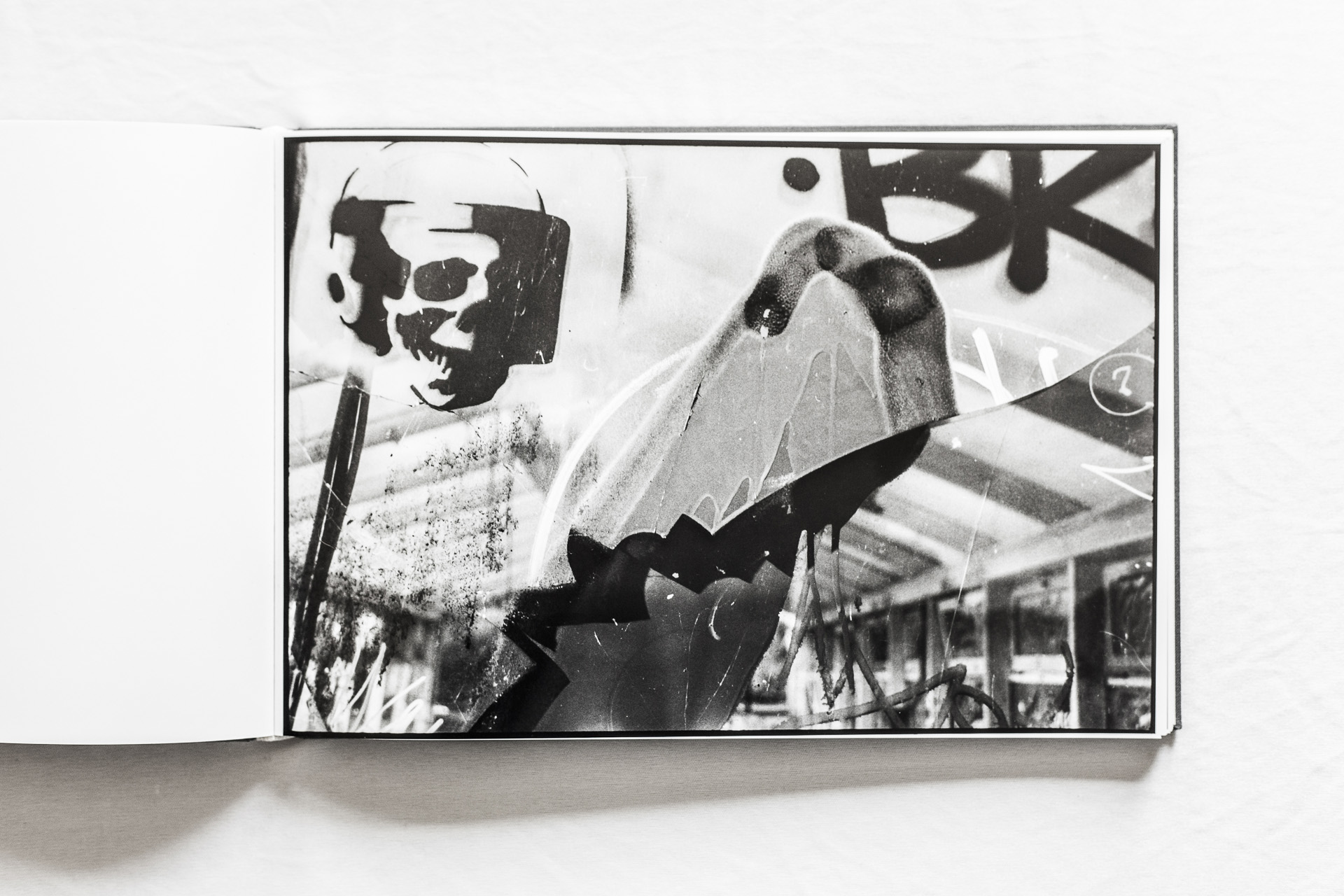
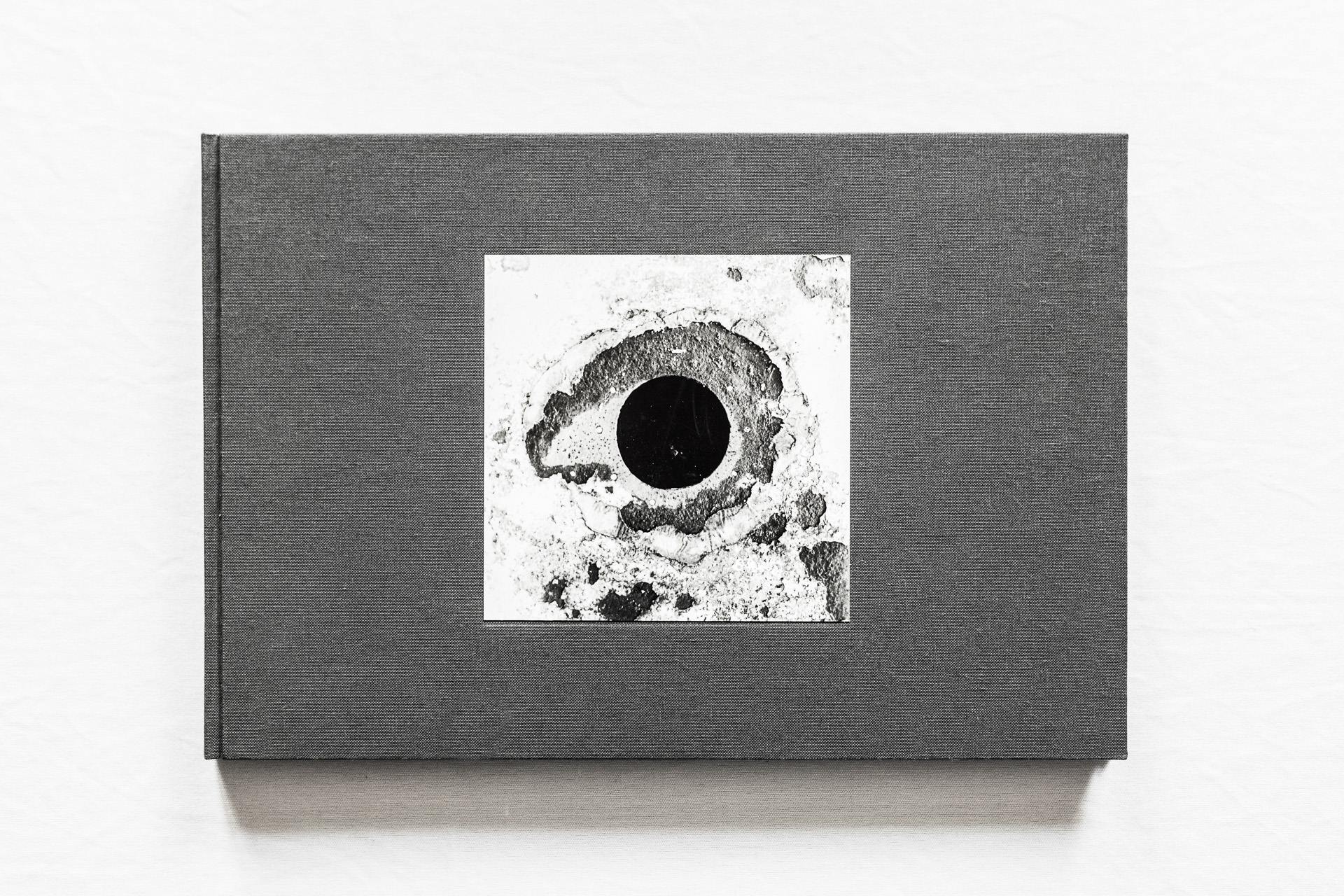
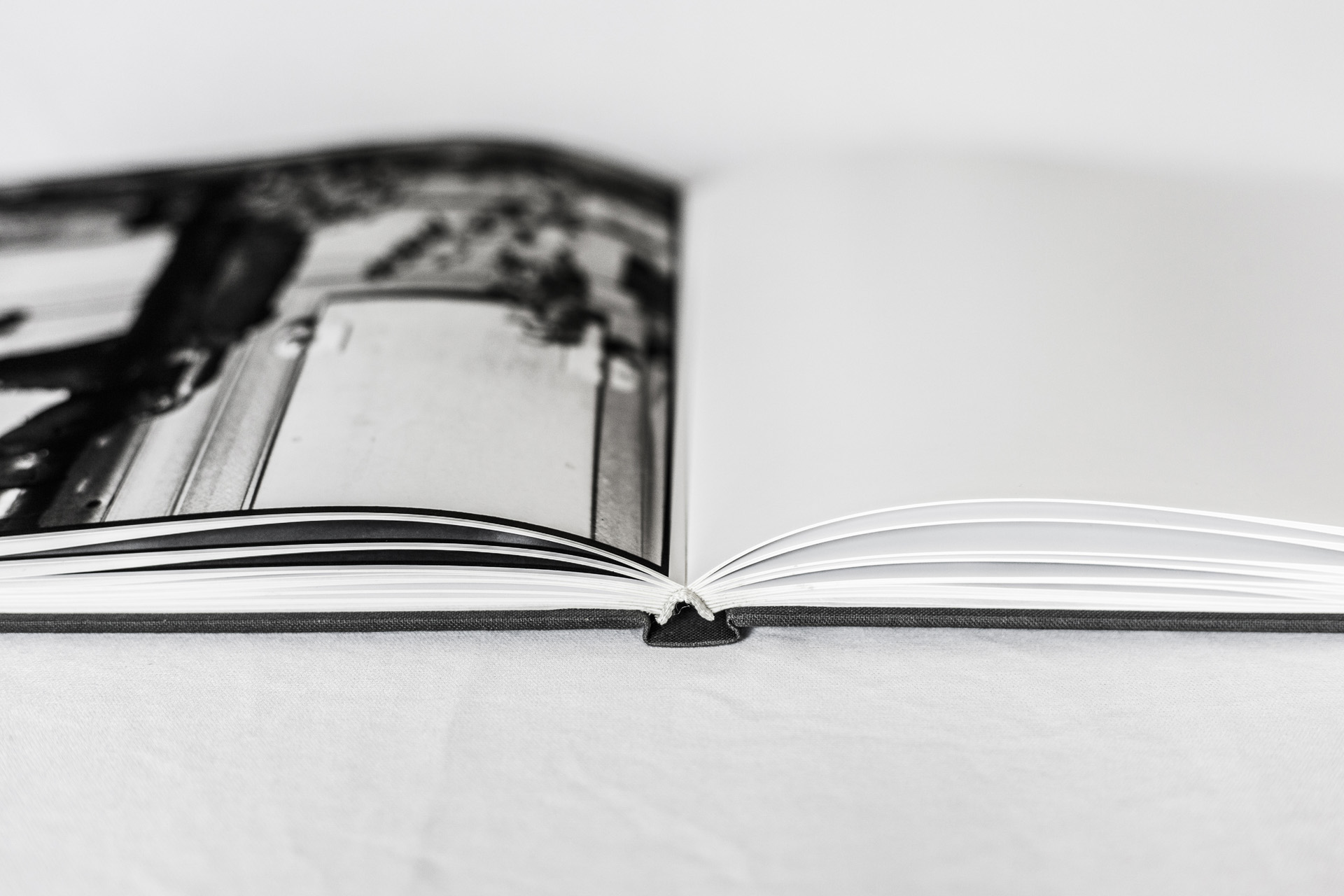
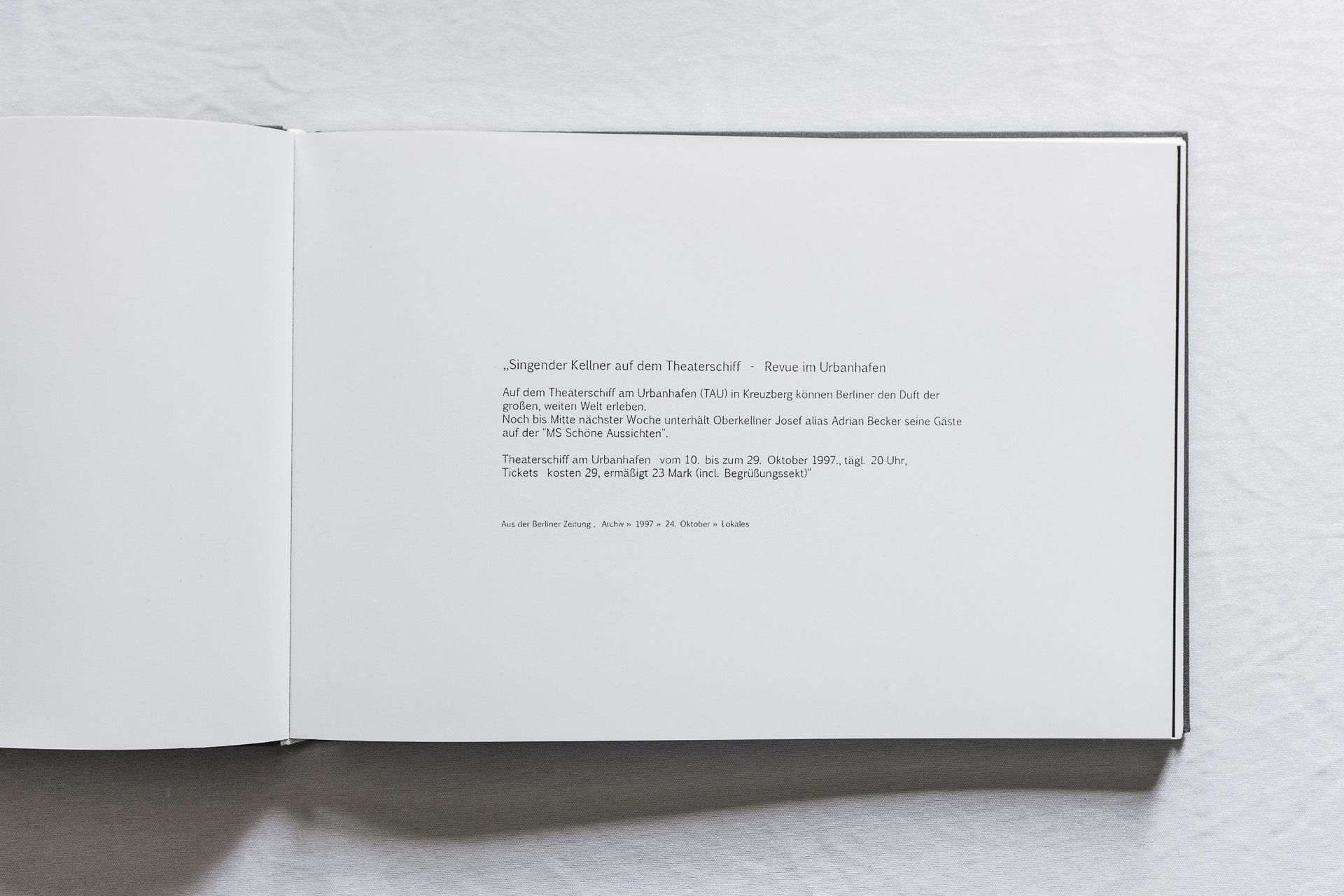
From an alien world, from a place in the distant future, or from a science fiction film: this is how abstract Philip Gunkel's photographs feel. However, they do not come from so far away. The artist traveled to Valenica in southeastern Spain to photograph the "City of Arts and Science" by architect Santiago Calatrava.
In strictly symmetrical interiors and immaculate exterior views, Philip Gunkel shows us the City of Arts and Science, a building complex designed by Santiago Calatrava in Valencia, Spain. Through his clearly structured images, Philip Gunkel emphasizes the architect's futuristic and sculptural style...
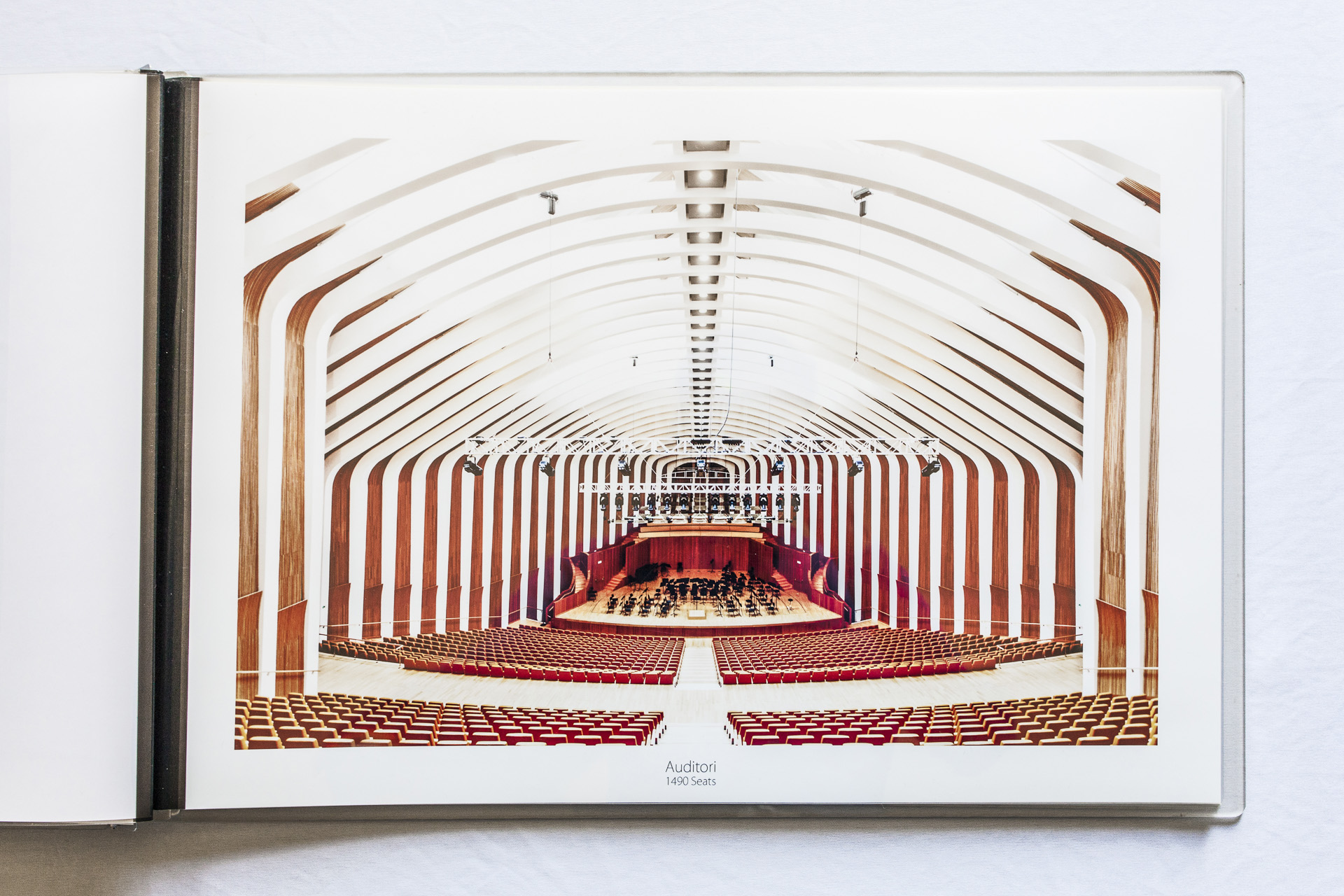

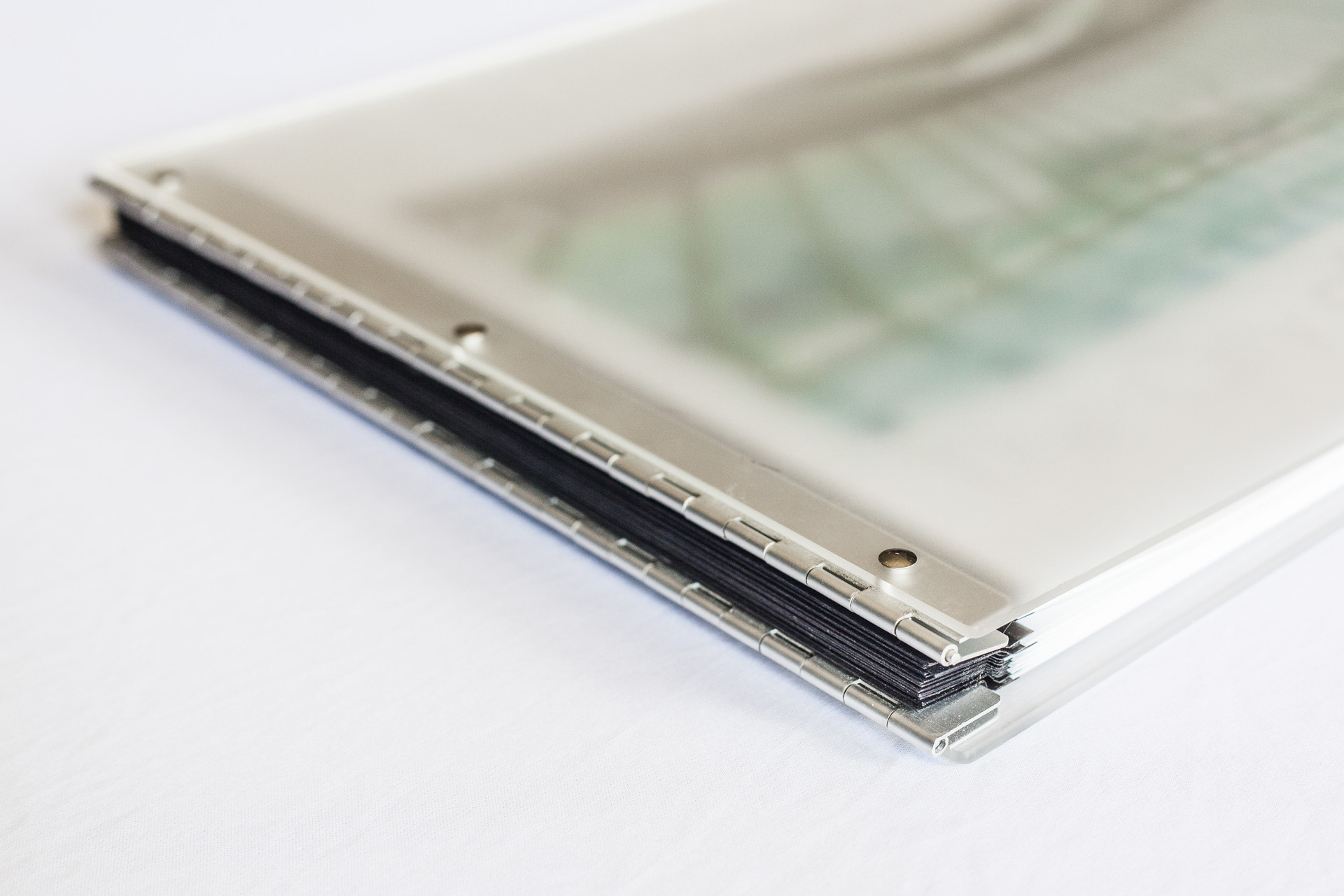
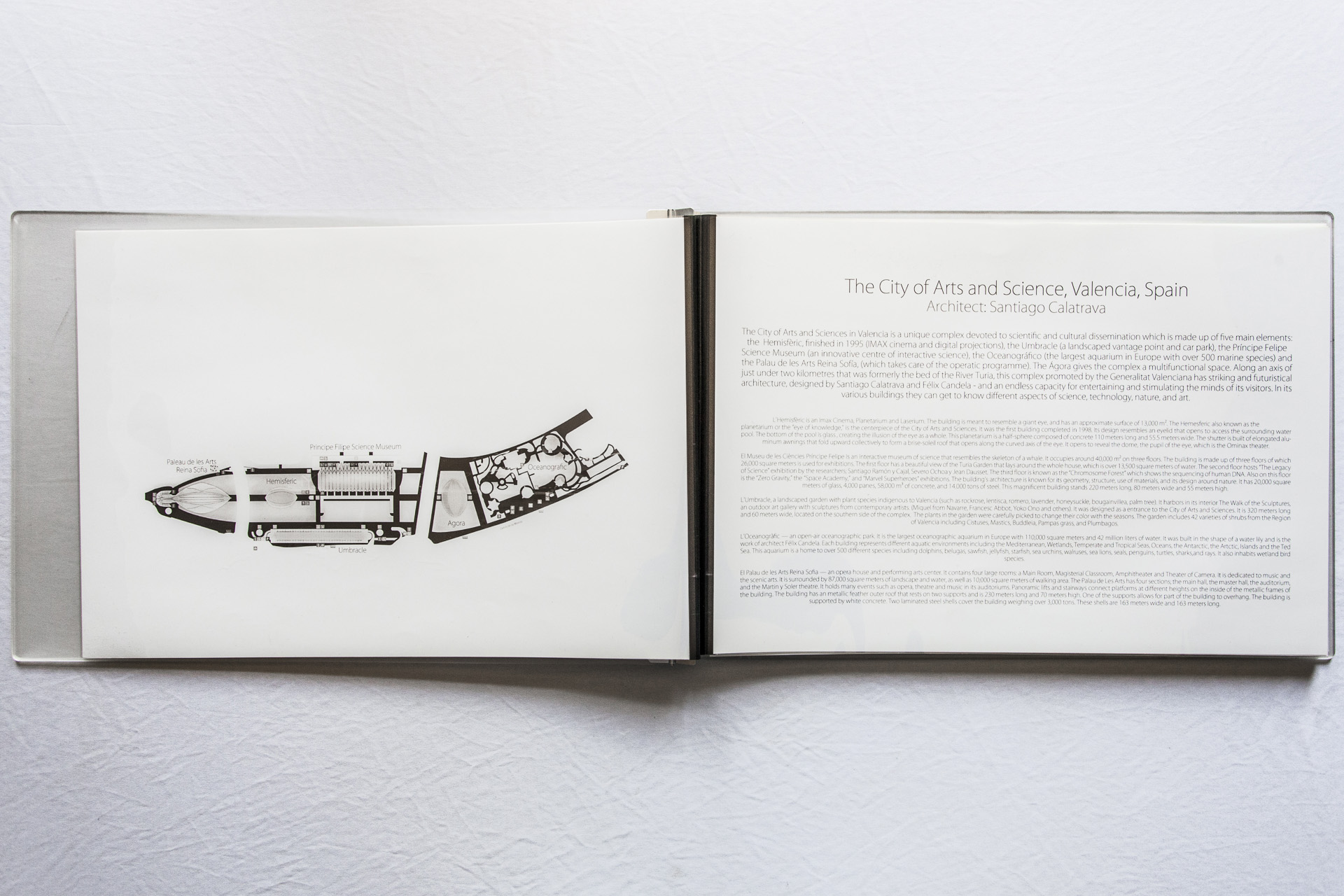
Two good friends and I have been on several hiking trips over the recent years. We seek out places where nature is still untouched and diverse.
Such a hiking adventure is a very unique experience because you are on your own with your friends only and such an isolated life out of a backpack is much more essential, more down to earth than the daily grind in a big city like Berlin.
During such a hike you have the opportunity to free your head from all the daily worries and thoughts. This summer we had finally gathered enough equipment and experience to go on a longer and more remote tour....
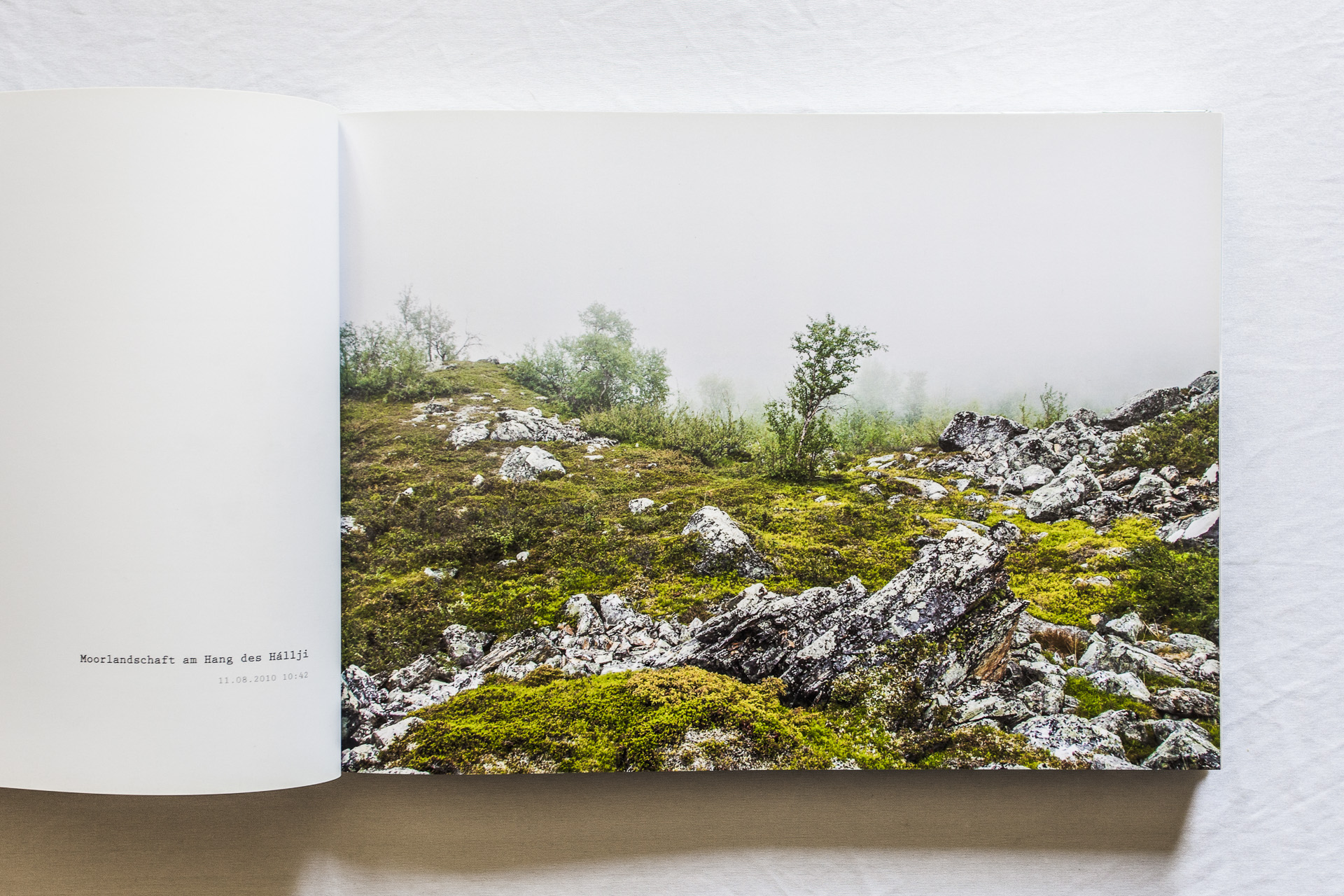
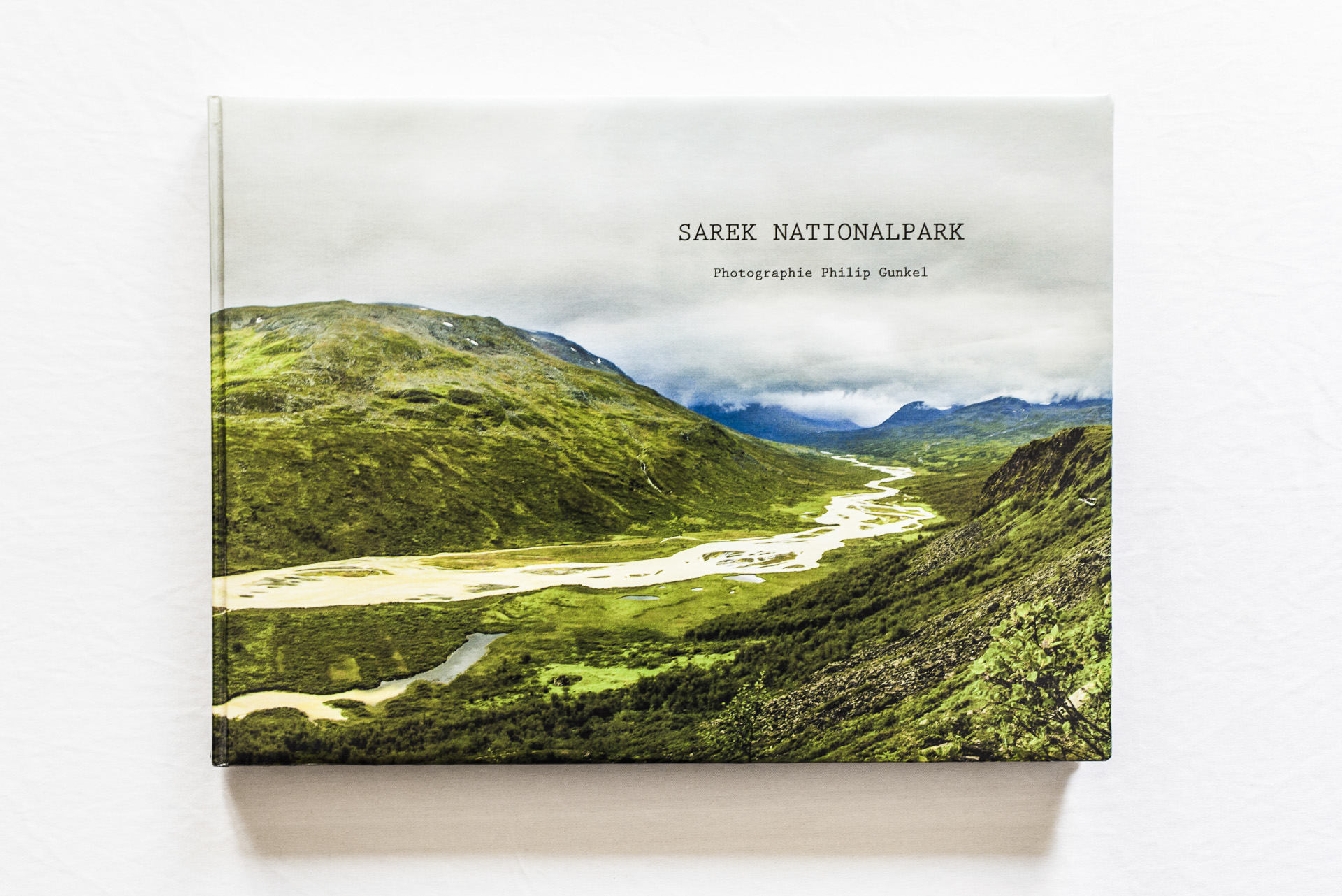

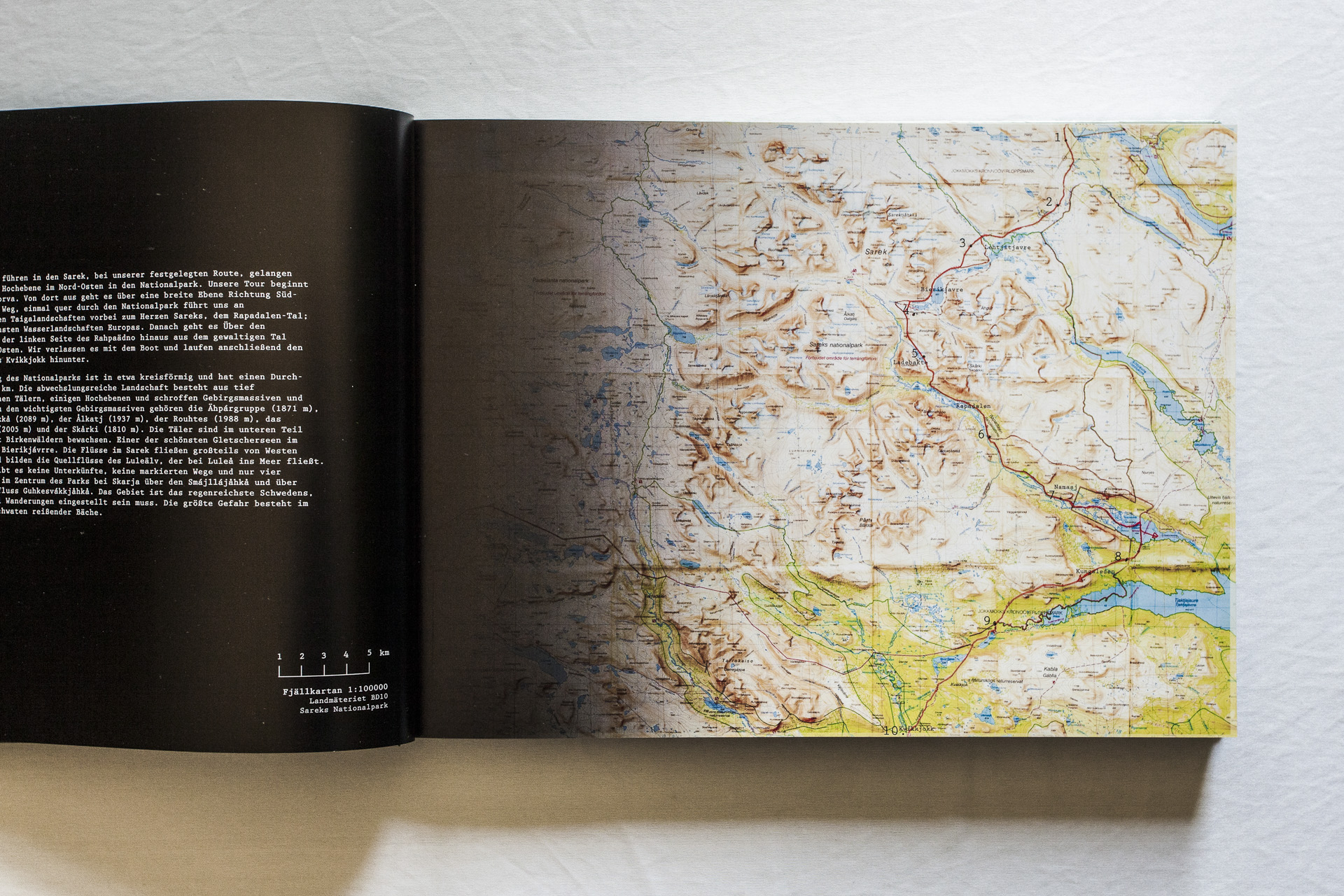
1. Who are you?
My name is Philip Gunkel and I am a professional photographer specialised in architecture, commercial and travel/landscape photography based in Berlin. I am 30 years old now and I started with photography back in 2008 as I was hiking the alps for the first time with a good friend of mine trying to capture the beautiful landscapes these majestic mountains had to offer.
2. Why do you love the outdoors?
Nature is where we all came from and where we belong in the long term. Going outdoors on a regular basis gives me the much needed exchange I need to withstand the daily hectic life in Berlin as a freelancer. It loads my batteries and basically resets my mind, after a longer hike I am able to fully concentrate on a new project again. Mother earth is ours to explore and she desperately awaits the love and attention that she deserves.
3. What do you want to achieve from your adventures?
I want to simply live the very moment and enjoy life to the fullest. The amazing experiences and memories I made through my adventures are all that really matters in the end and they are in my opinion more valuable then the most expensive things on earth. These experiences are heavily enrichening to me in the long term and help me to discover me as a person. Even if it may sounds strange but they strenghten my soul and even enlighten my mind from time to time. I try to encourage people to experience the same with my landscape photography or to at least get to know and develop an understanding for the beauty of our planet through my pictures aswell as the importance to care and protect the ecosystem we live in.
4. What is your current adventure?
I am planning an arctic trip to Svalbard located north of Norway in the moment that I hope to realise in march 2017. This kind of trip during winter in very cold conditions and with difficult weather conditions is different then any of my other destinations so far with challenging temperatures up to minus 35 degrees. For this kind of weather I have to prepare myself very carefully and do a lot of research and preparation, also investing in the right kind of new gear is key here not only to survive, but also to be able to enjoy the one of a kind experience.
5. What are the highs of your trip?
It really could be anything, I learned to enjoy the very little moments outdoors aswell as the great and one of a kind experiences like standing on top of a high mountain enjoying the spectacular view down in the valley plunged in fog during sunset.
6. What are the lows of your trip?
Bad experiences will happen from time to time, sometimes it is bad weather, smaller accidents, heavy physical exhaustion or maybe just some nasty mosquitoes. All that matters is a positive attitude because it is always a fight against yourself in the end and you grow as a person when you learn to control your mind and stay strong mentally no matter what will come.
7. Have you had any funny experiences?
All kind of but if I had to name one it would probably be one evening after me and some friends finished a hikingtrip through Czech Republic. We arrived in a small town and met some local truck drivers in a sketchy bar, because of heavy language difficulties they mistakenly believed we came from Berlin by foot and they were so impressed from our achievement that they intoxicated us with one absinth after another.
8. What is important when you choose a tent and other gear?
I would say reliability comes first, you simply have to trust in it. Then it must be tough enough to handle some extreme conditions over several years, aswell it should be functional, straightforward to use and light enough to be carried around for longer hikes.
9. What do you like about your Robens gear?
The gear from Robens is well thought and easy to use. It is lightweight, pretty affordable and most important it is long lasting and rugged enough for my kind of adventures. I also really love that the tents are tested windproof, they are very stable under windy conditions and if you pitch them carefully you don't have to worry about quick weather changes in the mountains.
10. Your top tip for newbie adventurers?
Planning is most important, but if you get to know the specific locations as well as some cultural conventions, prepare your gear carefully, double check the weather conditions and always have a backup plan for quick weather changes aswell as for emergencies and most important don't overestimate your skills I would say you are good to go to explore some areas that are not totally remote at the beginning. When you know how far you can go, good equipment, especially boots, jacket, tent and sleeping bag/mattress that you can trust in under critical conditions is key here, it could possibly save your life.
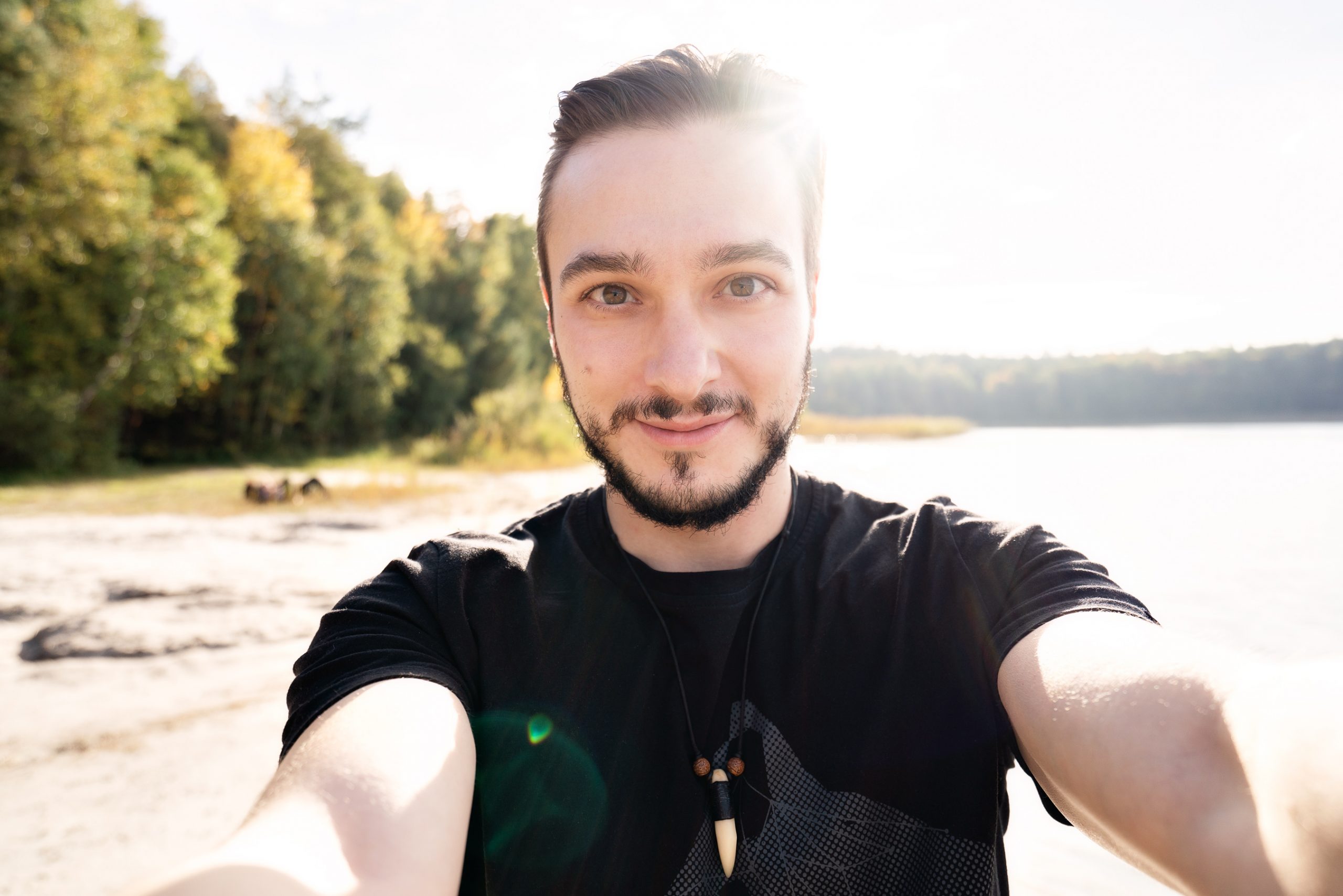
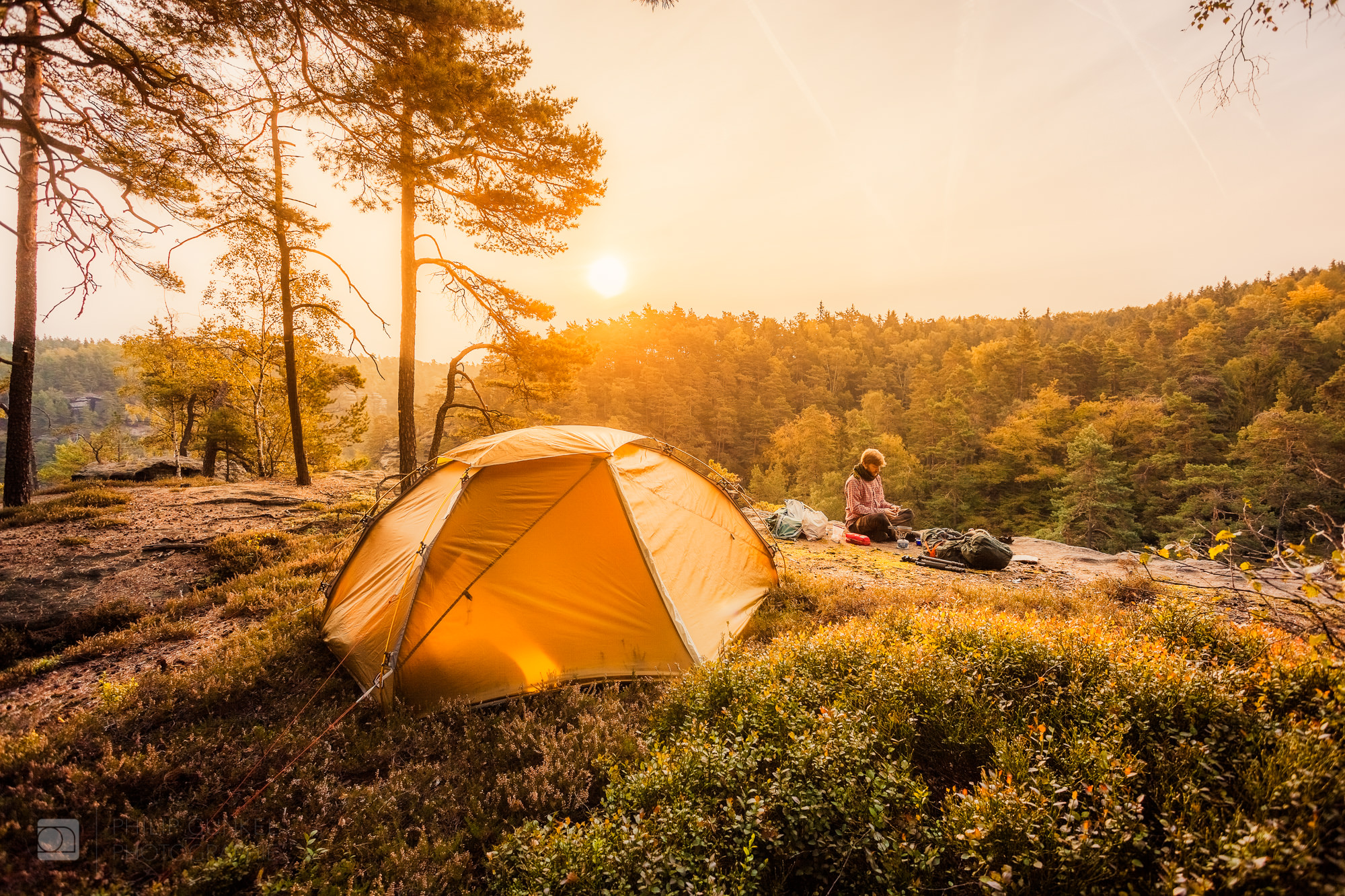
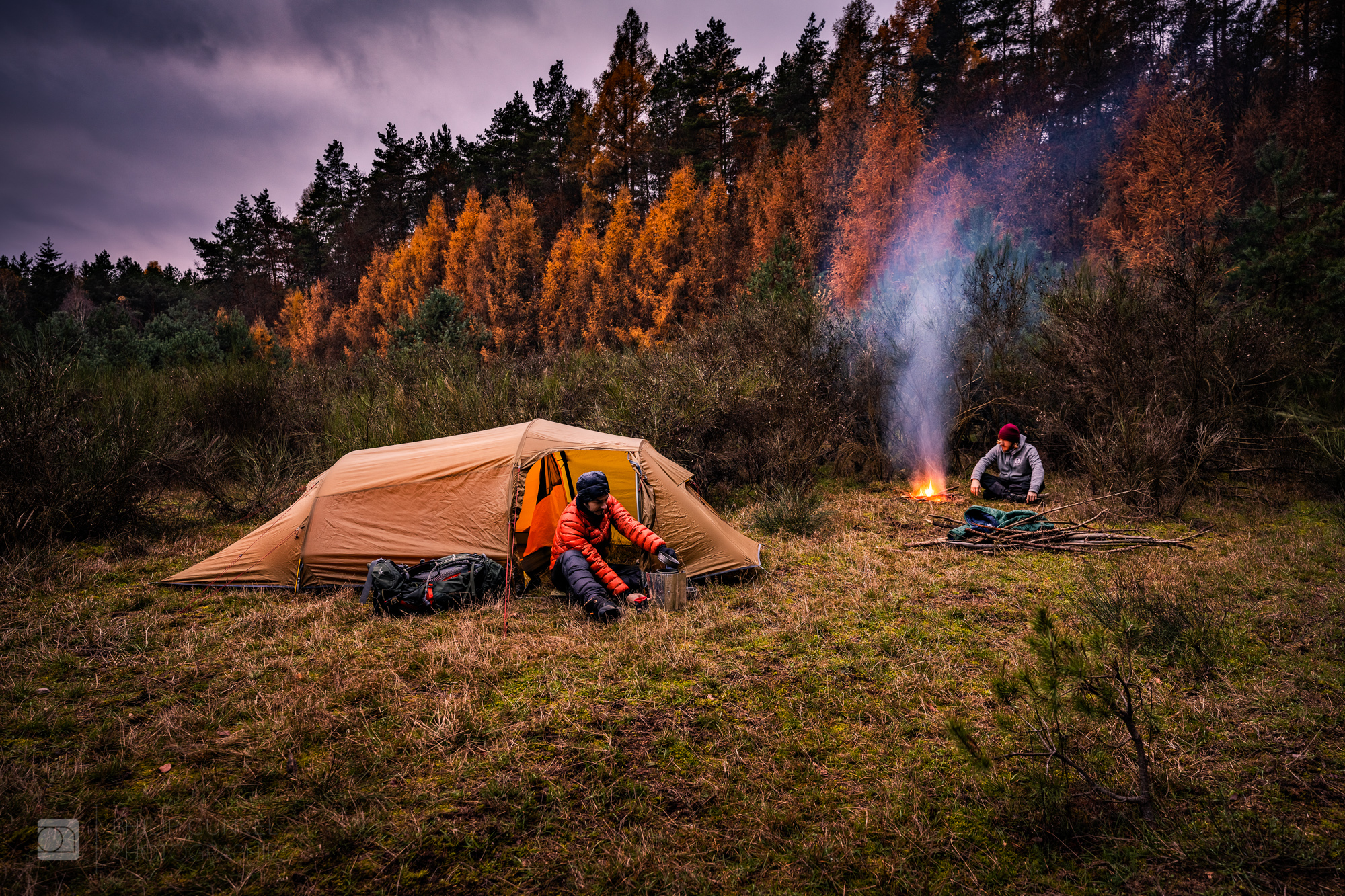
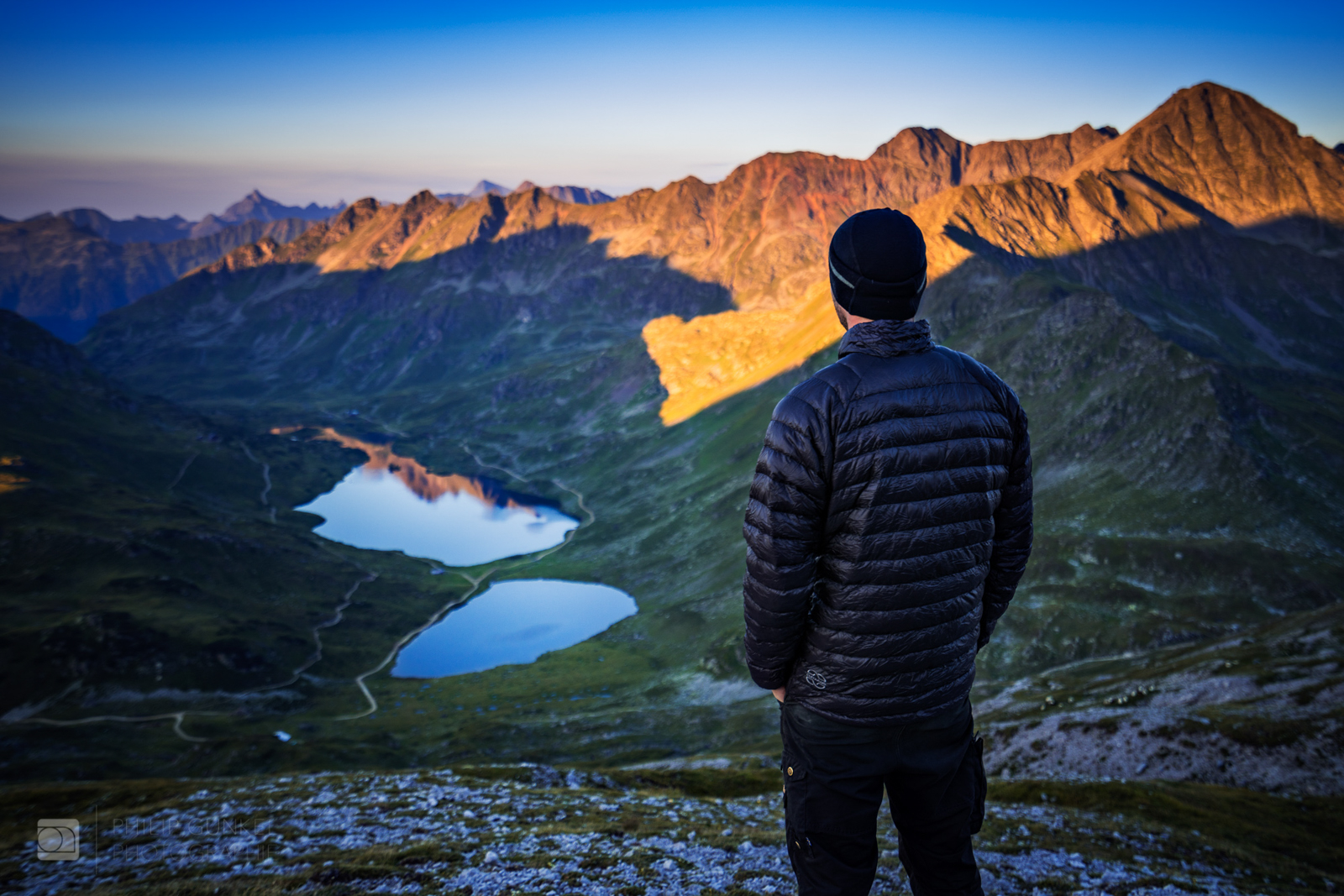
01. Thank you for accepting the invitation to discuss and show some of your work with us here at arcspace. Could you tell us about your background and how did you start being involved with photography?
I appreciate the opportunity. I am born and raised in Berlin, Kreuzberg and I am 30 years old now. I started with photography back in 2007 as I was hiking (the alps) for the first time with a good friend of mine.
Back then I spent all my money for a rather cheap SLR-Camera and tried to capture the beautiful landscapes these majestic mountains had to offer, with limited results for sure. But one year later I already started working as a photo assistant here in Kreuzberg because I was already in love with the creative process photography had to offer. One of the two photographers I was working for was an architectural photographer and I was definitely influenced by his great works at that time and I have a hang for architectural panoramics till today. After that, in 2009, things became quite serious already as I started a professional education at Lette-Verein, a technical college here in Berlin.
02. Could you describe your overall photographic vision and approach?
That is a tough one for sure because I think things like that change and evolve so fast, because you are constantly improving your work-flow as well as your creative vision with every single day you grow as an artist. My main business today is architecture and commercial photography so I will start with that. Architectural assignments as well as other commercial works that I do frequently, have to sell something and they have to convince the beholder in the first place, so the visual language and the overall idea of the image must be very clear and kind of more direct than when I create a free series for example. I do not try to document the “reality” here at all, instead I try to create a unique and aesthetic piece of art out of my personal experience I have on location and mix it with subjective feelings and thoughts. I love to work in a series and often I even think in a short sequence of pictures when I try to visualize something. A single image can be strong too, but in my opinion a sequence of several images only accomplishes to tell the whole story and reveals secrets that otherwise would have remained undiscovered. I am an optimistic and positive thinking person which helped me to create my personal signature style over time that is often highlighted by precise and strong color contrasts. Of course I strive to perfectionism and super high quality in my artistic vision on location as well as in post-processing afterwards.
03. Which are some of the influences to your photographic work and in what ways have they affected your approach?
Photographic influences are a very difficult issue to discuss because one of my main premises in general would be to not get influenced by other works, which allows me to create and evolve an own personal style in the first place. Nevertheless you will always be influenced, most of the times even subconscious, and that can also be a good thing for sure. I better call it inspiration because I simply learned to look at other works with some distance over the time. However, as I started photography I admired for example Ansel Adams or Sebastiao Salgado and I still follow a lot of other friendly photographers these days and get inspired by them day by day. Even though I work in color most of the times, I love to look at a descent black and white image I have to say. Salgados recent project “Genesis” for example is in my opinion an incredible strong and self-sacrificing body of work, especially his sublime landscapes reveal a real story line all together in the book.
04. One of your main photographic focus is in architecture. Could you tell us why you gravitate towards these subjects?
Sure, if you shoot architecture it is that amount of freedom and serenity. I really appreciate that in contrast to, for example working with models, stylists etc. on a fashion shoot. First and most important, you have to explore what the architect wants to express with his overall concept. When you get yourself into that and begin to understand the main thoughts, the architectural space itself will explain to you and direct you to the right perspective, and if you are patient enough finally also to the right shots. I also enjoy it when I simply can not control everything on location. In times people try to control or manipulate almost anything afterwards in post-production that even seemed impossible a decade ago. I do really enjoy these final lasting aspects of photography and when the light shines not in the perfect angle or you may have an annoying crowd of tourists in front of your subject you simply have to come back in the next morning at 5.30 O’clock.
05. Could you tell us a few more words about the ‘Leonardo Glass Cube’ project?
I asked the company Leonardo to get a permission to shoot it for my portfolio buildup because I loved the simple, yet appealing natural overall design 3DM managed to execute on the fassade, as well as on the interior design. The flowing artless forms and reduced structures together with the huge glass surfaces creates a unique and modern, almost futuristic atmosphere that speaks to me in some way, and of course is very tempting to photograph.
06. Could you tell us a few more words about your recent “Phaeno Science Center” project?
I created this series of the Phaeno Science Center, that was built in Wolfsburg, Germany in 2005 in memory of one of the most inspiring architects of our time, Zaha Hadid. I always wanted to shoot one of her buildings and it was simply awesome to do so finally. I love the overall concept of this building with its raw and almost bulky concrete structure, that nevertheless has a quite dynamic and almost lightweight look because it is built on large pillars and seems to hover slightly above the city. In contrast to most other concrete buildings we see daily, the extravagant forms and cut out elements of the Phaeno, especially on the inside, give it a very modern, almost futuristic look that is totally appealing to photograph. The building integrates really well into the center of Wolfsburg and especially the underpass which opens the main train station to the center underlines impressively that the urban planning of the building was well thought too.
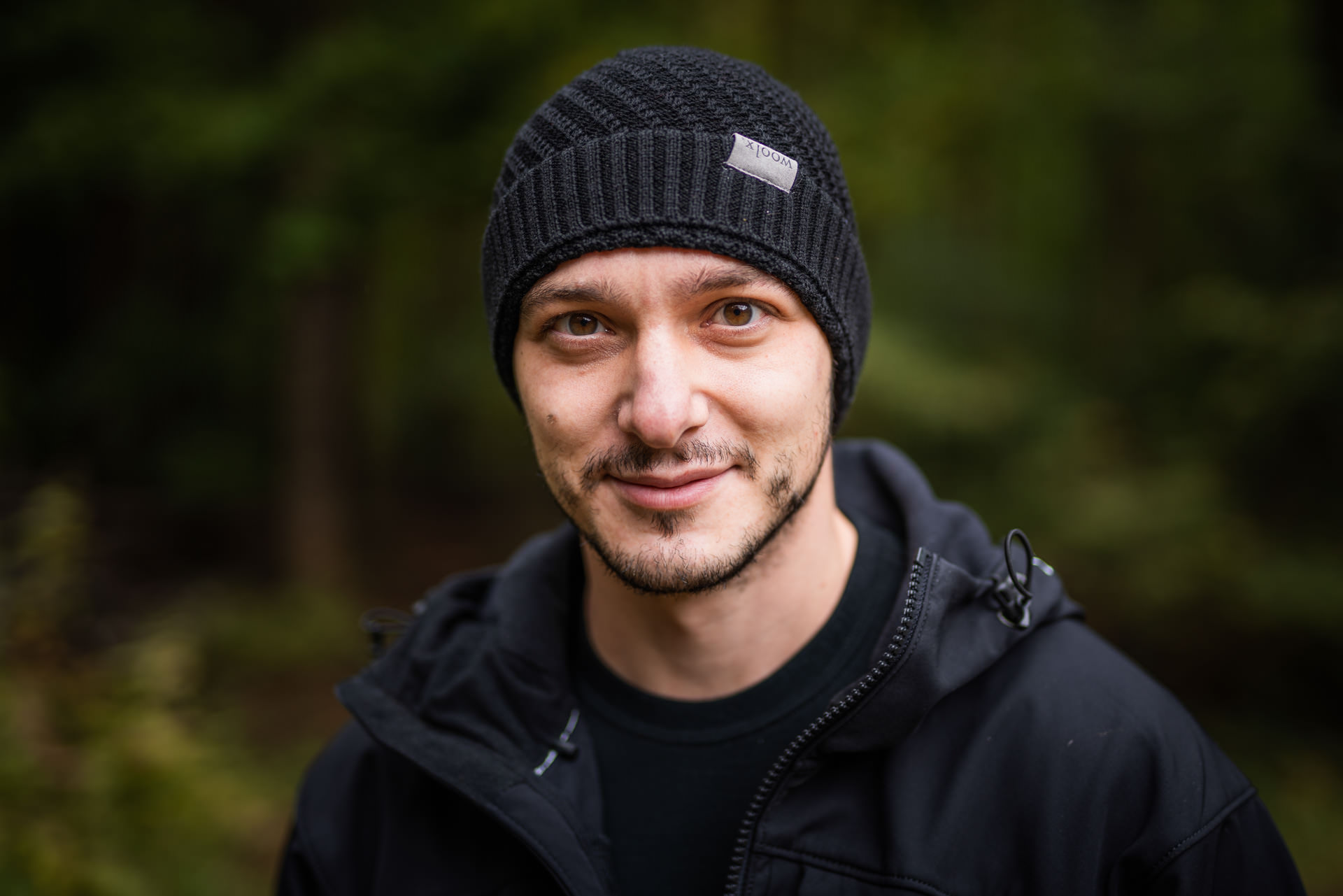
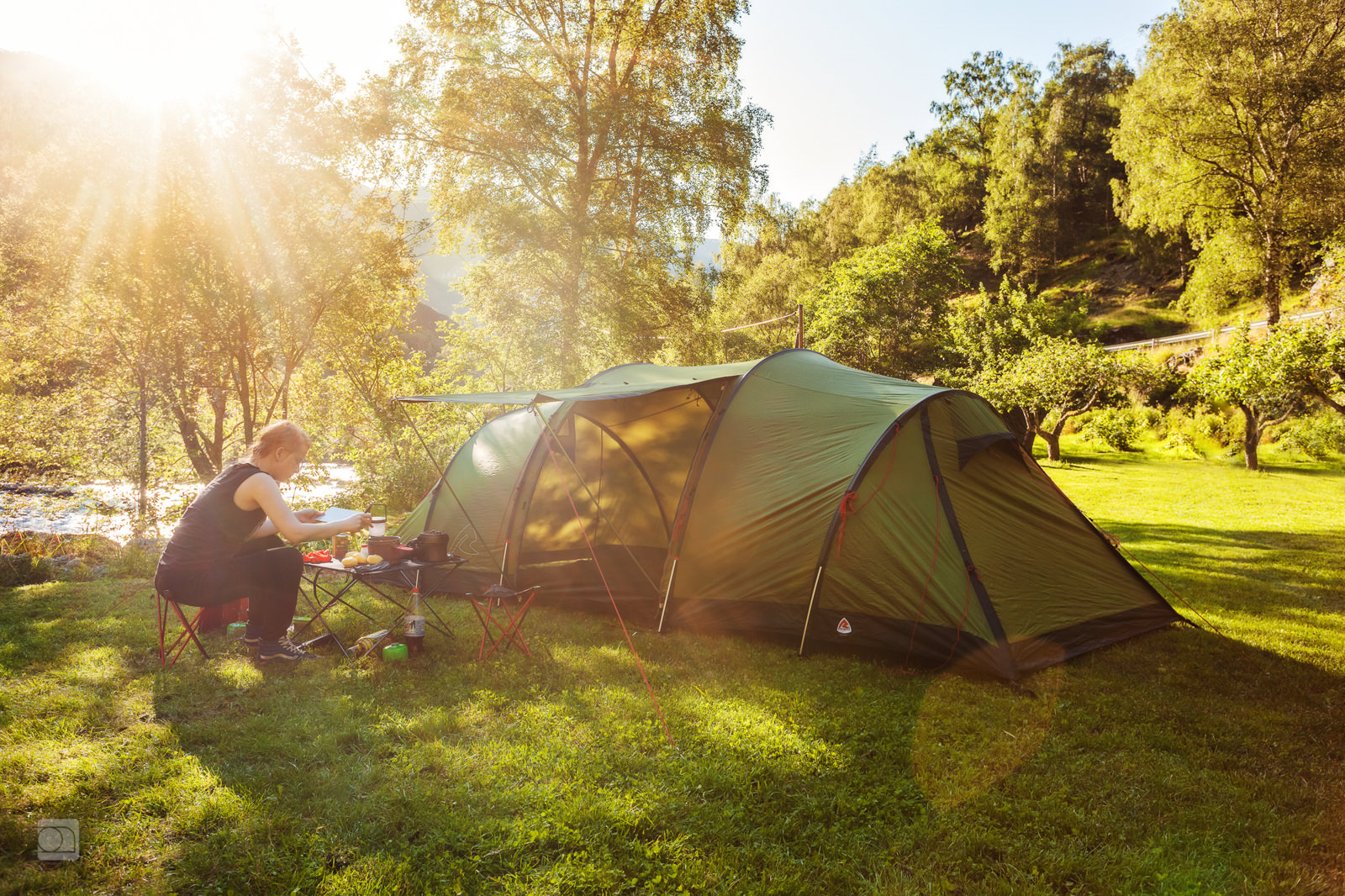
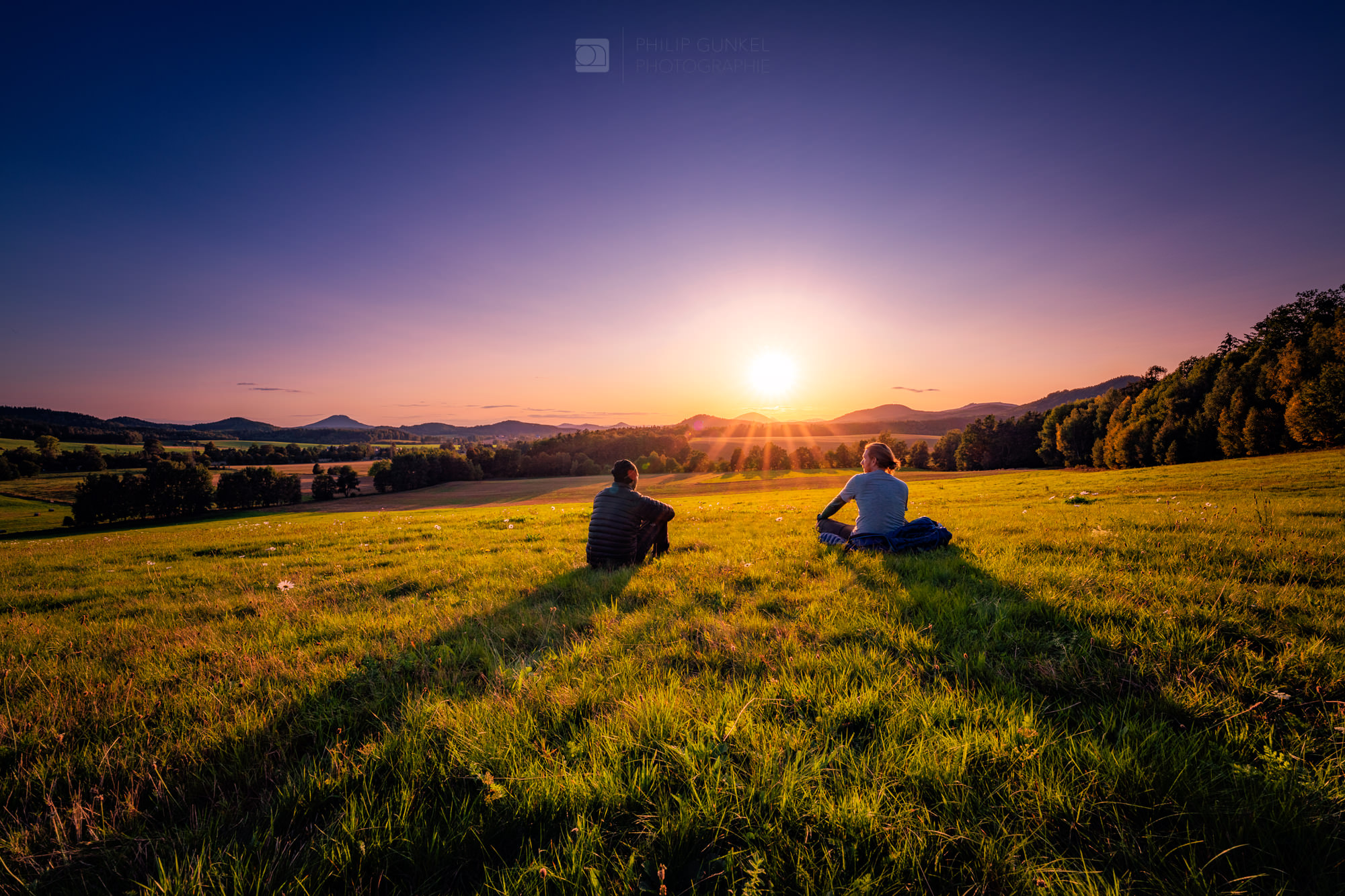
06. What photographic gear do you use and what are your thoughts about their role in the creative process? Could you also tell us about your post-processing work-flow?
That is actually a really good question because in my opinion todays people care about the technical aspects way too much and almost seem to dismiss the creative process more and more. With the technical revolution we live in today, photographic students are blended by high megapixels etc. and they seem to care less about some basic creative aspects like for example a clean and working composition with strong leading lines that is rather reduced and focused on your main subject. Composition for example is key, but I barely get questions about these important things on social networks most of the time. They all just want to know, which model I use, which settings I shot with and where the subjects exact location is, so that they can go there to often enough simply reproduce other photographs instead of getting creative for themselves and produce something new and appealing, which is by the way the most interesting part of photography for sure. When I don't have to rent a current high end camera model because that is needed for a specific job, I still shoot with my Canon 5D Mark II today together with a 17-40mm EF Lens, most of the times free hand or if I have to with a small Sirui 1204X traveler tripod to be able to shoot as free and as spontaneous as I can. In architectural and commercial photography a good and clean post processing is mandatory to get the top jobs and I take that part very seriously and it takes at least the same amount of time as shooting. Whereas in landscape or in my personal photography I have a completely different work-flow that is a lot more footloose and free I think, where I try to express my personal feelings and describe me as a person through my pictures even more, and where I try to experiment a lot in post-processing and search for whole new approaches that will work for a specific free project. To sum it all up, most of my pictures just do not come straight out of the camera as they are, which means to me post processing is at least equally important than taking the pictures itself and simply takes a great amount of time when you want to exploit all possibilities.
07. Some photographers work both on assignments and on personal projects, which adds an artistic aspect to architectural photography and a freedom to expand the subject matter beyond work that functions only for specific clients. What are your thoughts about the value of personal projects for the photographers( and for the cultural role of architectural photography in general?)
As I said above I think personal projects in general are extremely important to grow a more personal related visual language that includes the very own experiences, thoughts and feelings of the artist and also challenges the creative process without outer input and influences. Also it keeps the possibility to really concentrate on a single topic in a (more time consuming) way that would not be possible during a commercial project at all. The more you are really interested in something that you work on, the better the final outcome will be, simple as that.
08. How was your experience photographing the City of Arts and Science in Valencia?
It really was an interesting one, because the possibilities there for a photographic student, which I was at that time, are almost endless. I tried out quite a lot of different techniques and variations of compositions and I think I have learned a lot during that time. And it is for sure a good thing and happens not that often I have to say, but I am still satisfied with the interior shots I came back with from Valencia. Actually this was the final work for my graduation on Lette-Verein. One of the reasons I went there was also that the quality of the images I found in the internet were not really satisfying in my opinion, especially I did not find any good interior shots at all. Because I absolutely admire the interior work of Calatrava on the City of Arts and Science and elsewhere I had to go there and capture the amazing beauty of these rooms. All rooms/spaces inside are in my opinion a unique and amazing work of interior design. They all have a really elegant, quiet and peaceful atmosphere and are filled with daylight or awesome light design.
09. How do you see the photography industry changing in the future by the web’s extensive dissemination?
The change of the photo industry is immense indeed, even just over the past five years and most of my colleagues would concur with me when I say that it overall did a lot of harm to our industry. At the same time it brought us many amazing new possibilities. I think it is a matter of your personal mindset; if you are a positive person, or one that always complains about things that change over time. In my opinion, life is always changing and nothing ever stands still, so the best thing you can do, if you want to stay successful in your business, is to simply use all these new game changing capabilities to your advantage. Without them I think I would not be at all where I already am today. Many good things happened to me because I was able to take advantage of those new tools the web offers to us. The prices might have went down a lot and the competition might be a lot tougher than it was before, but if you stay confident with the specific skills you have and with your own reliable body of work, you will be able to enforce yourself against others (I speak for the architectural and commercial business, where you still need to be super qualified technically) because in the long run, pure quality and highly specialized craft will always be superior on the market.
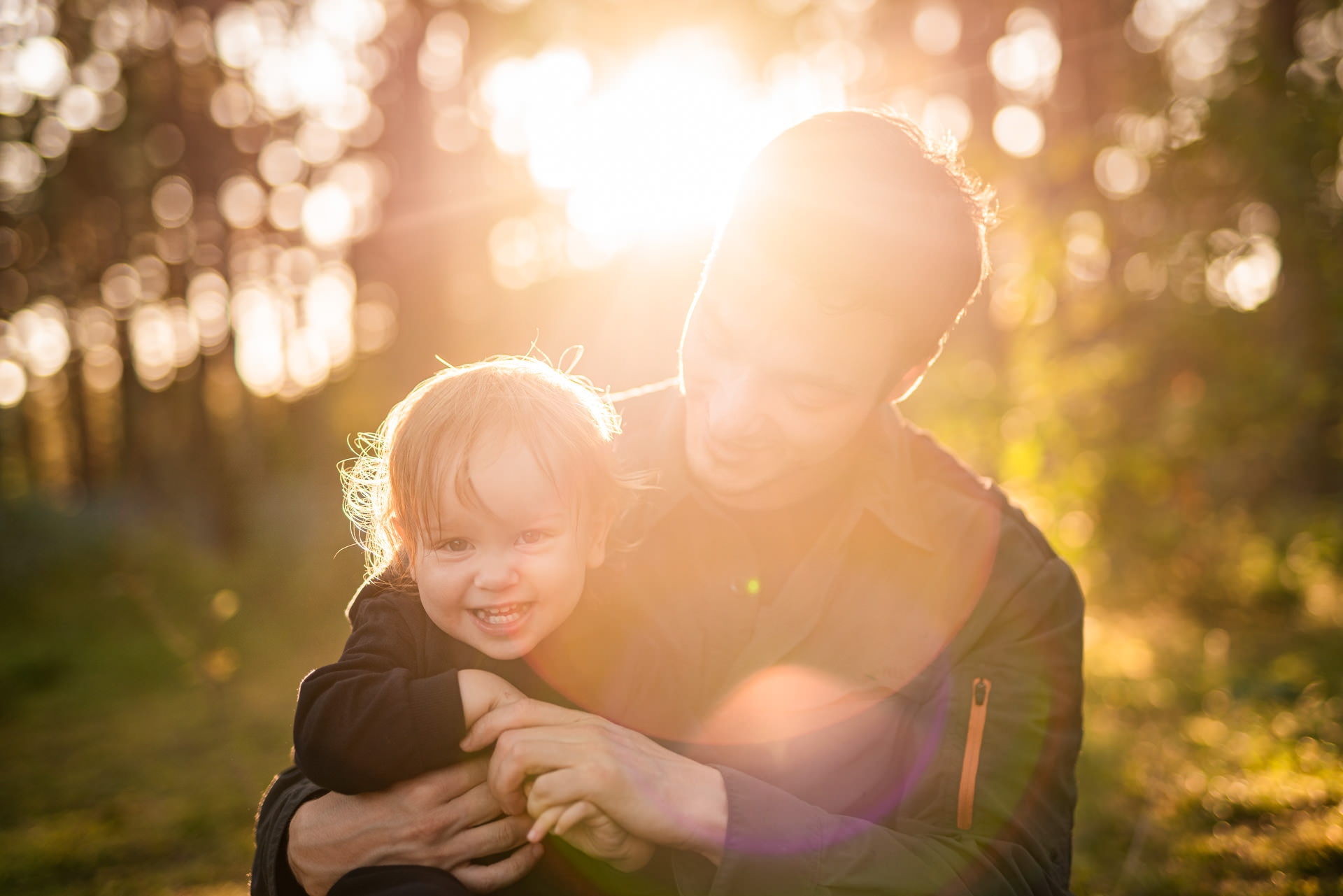
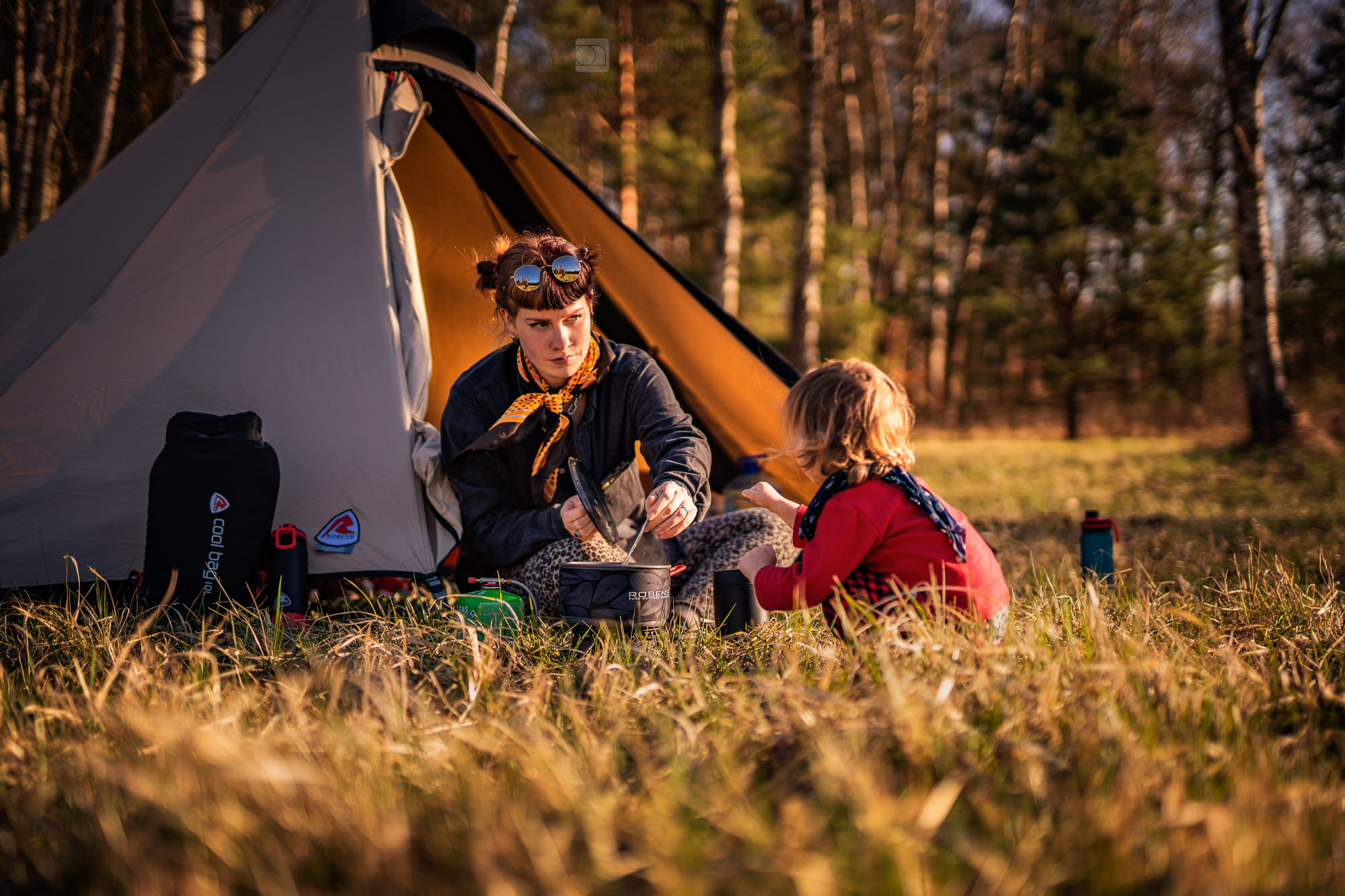
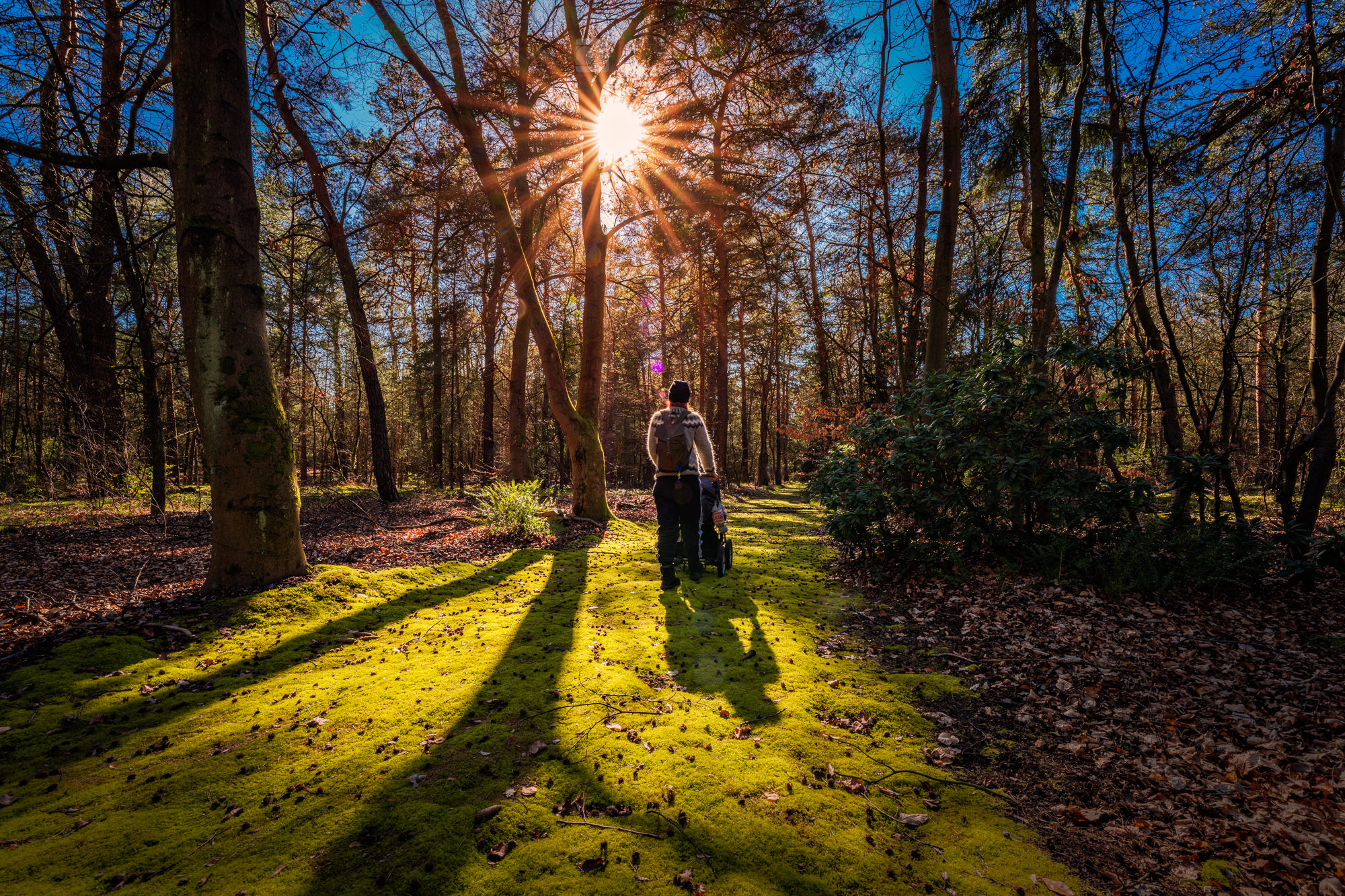
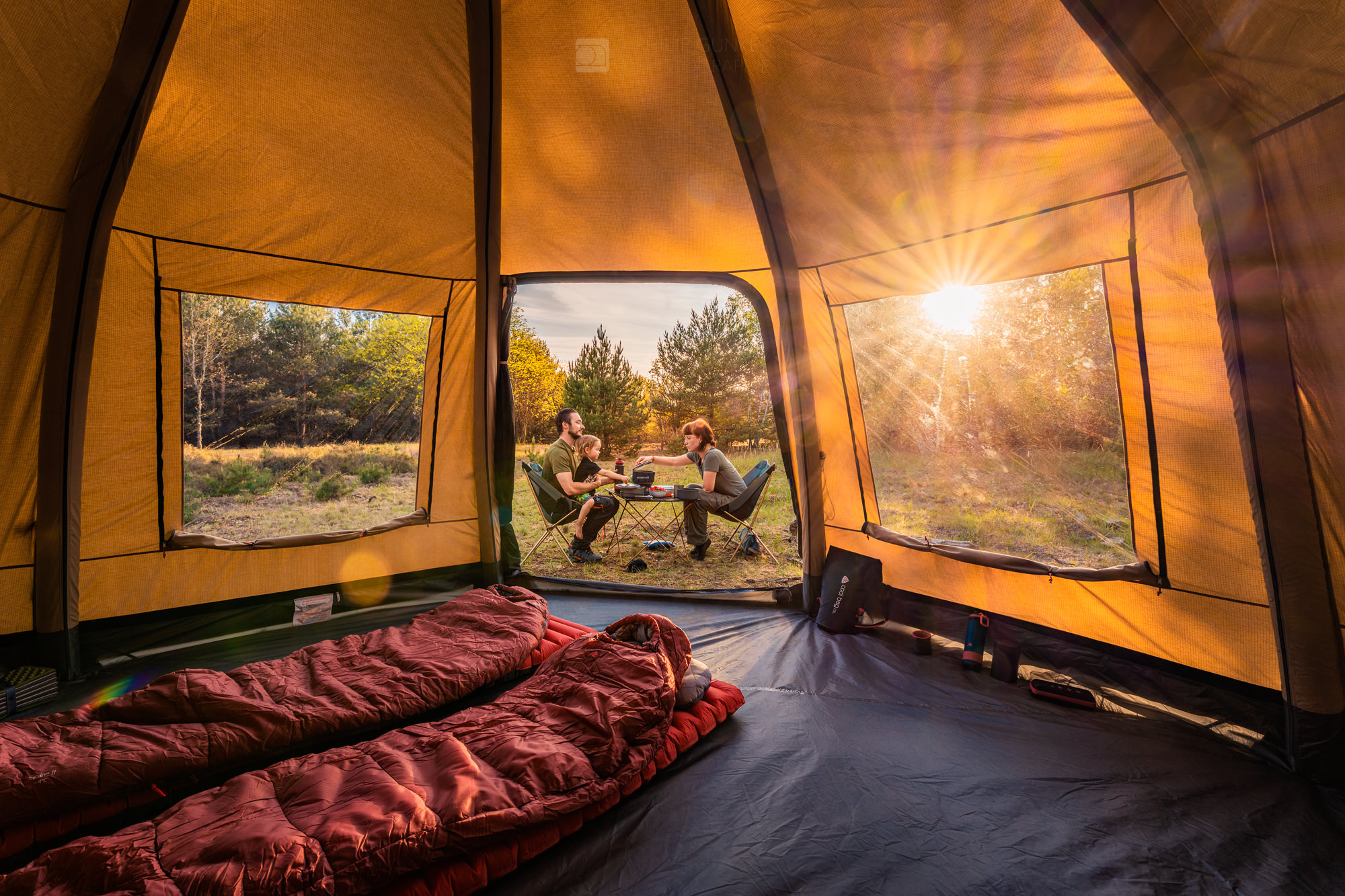
1. You shoot a range of material, tell us about your work, and your style?
My main business is architecture and commercial photography right now but you are right, I love to shoot whatever is in my mind and if the people and the mood is right I enjoy shooting a lot of things. My second determination has become to travel the most remote and rugged landscapes of our earth to caption the unique and utterly beauty of nature and it's living beings. I studied geology over the last years too and my girlfriend does prehistoric archaeology so we will travel different cultures and landscapes over the next years and I certainly want to establish my travel and science photography to become a second source of income in the near future.
2. What do you enjoy most about being a photographer?
I must say I really love my job and I nearly like everything about it, although it is a bit more work than a lot of my friends think it is. Nevertheless I take it as one of the highest privileges to travel to exotic locations, always work with and meet new and interesting people. Also I really appreciate that I am my own boss and that I can decide by myself what to do and what not (most of the times) and that this industry is so extremely versatile that almost every week is different than the one before.
3. Any special skills and equipment that you would consider essential when photographing architecture?
Of course there are, first of all I would say that it is essential to have some fundamental understanding of visual thinking and you have to understand the main thoughts of the architect and why he designed what and for which purpose. If you have not clarified these questions, don't even think of taking out the camera. Another main attribute would be a good portion of patience, sometimes the light simply does not work or there are too many people in front or whatsoever and you just have to return at 5 o'clock in the next morning sometimes again and again and again.
4. Who do you count among your biggest influences, photographically or otherwise?
Photographic influences are a very difficult issue to discuss because one of my main premises would be to not get influenced by other works which allows me to create and evolve an own personal style. Nevertheless you will always get influenced, most of the times even subconscious and that can also be a very good thing ! I better call it inspiration because I simply learned to look at other works with some distance over the time.
5. What new projects have taken you in new direction(s) and/or challenged you creatively?
I think almost every project I did in the past challenged me creatively and it should, otherwise it is just boring and you won't grow on it at all. The huge architectural work I did in Valencia on the City of Arts and Science was maybe one of these projects that have taken me in new directions because I realized for the first time, that shooting architecture becomes one of my main passions more and more. It was also quite interesting that I shot this series in 2012 and reworked the whole series at the end of 2014. In the between time I studied most of the time and did not do any photography things but still or just because of that, I took a huge improvement and evolved a lot on my overall style and techniques.
6. Once the photograph has been taken, it is time for the next stage in your work. How would you describe this final phase?
This is a tough question because it is very different in each category. In Architecture and commercial photography a good and clean post processing is mandatory to get the top jobs. Whereas in landscape or my personal photography I have a completely different work flow that is a lot more footloose and creative I think where I try to express my feelings and describe me as a person through my pictures. Nevertheless most of my pictures just do not come straight of the camera like they are, which means in my opinion post processing is at least equally important than taking pictures.
7. What else do you envision for your future?
I think I am the type of guy that always has some plans in his drawer. My main goal would be to become an established architectural and commercial photographer here in Europe over the next years. But at the same time I would like to travel more often to see even more countries, cultures and landscapes to work on some private projects like my travel books, take more timelapses and improve my documentary filming works.
8. Are you ever without your camera?
Yes I am. But when I do I always have a Nokia 808 Pure View smartphone with me that has a descent 41mp sensor with that I can at least take some snap-testshots if I need to. I am anyways not the type of photographer that thinks that every moment has to be caught by camera because in my opinion sometimes it seems smarter to just enjoy the moment and live for the present more often.
9. What are you working on now?
Right now I am working for a client (shooting shoes, what I love to do because I really like shoes) at the same time I am finishing my latest huge architectural portfolio project that you will see below, preparing fine art prints for an exhibition coming in August and I am planning my one month trip to iceland in July where I am going to realize another three or four projects but also enjoy some time off with my girlfriend finally.
10. How would you rate advertising your work via publishing in magazines and social networking? Do you think it was part of your success?
Yes publishing made a lot of differences and I think it is still an important part that new people and future clients see and get to know my latest works through publications and social media.
Thank you Philip for taking the time to do this interview.
We are happy to welcome you on board among other photographers. Your photography is very valuable in this community and very beneficial for our readers.
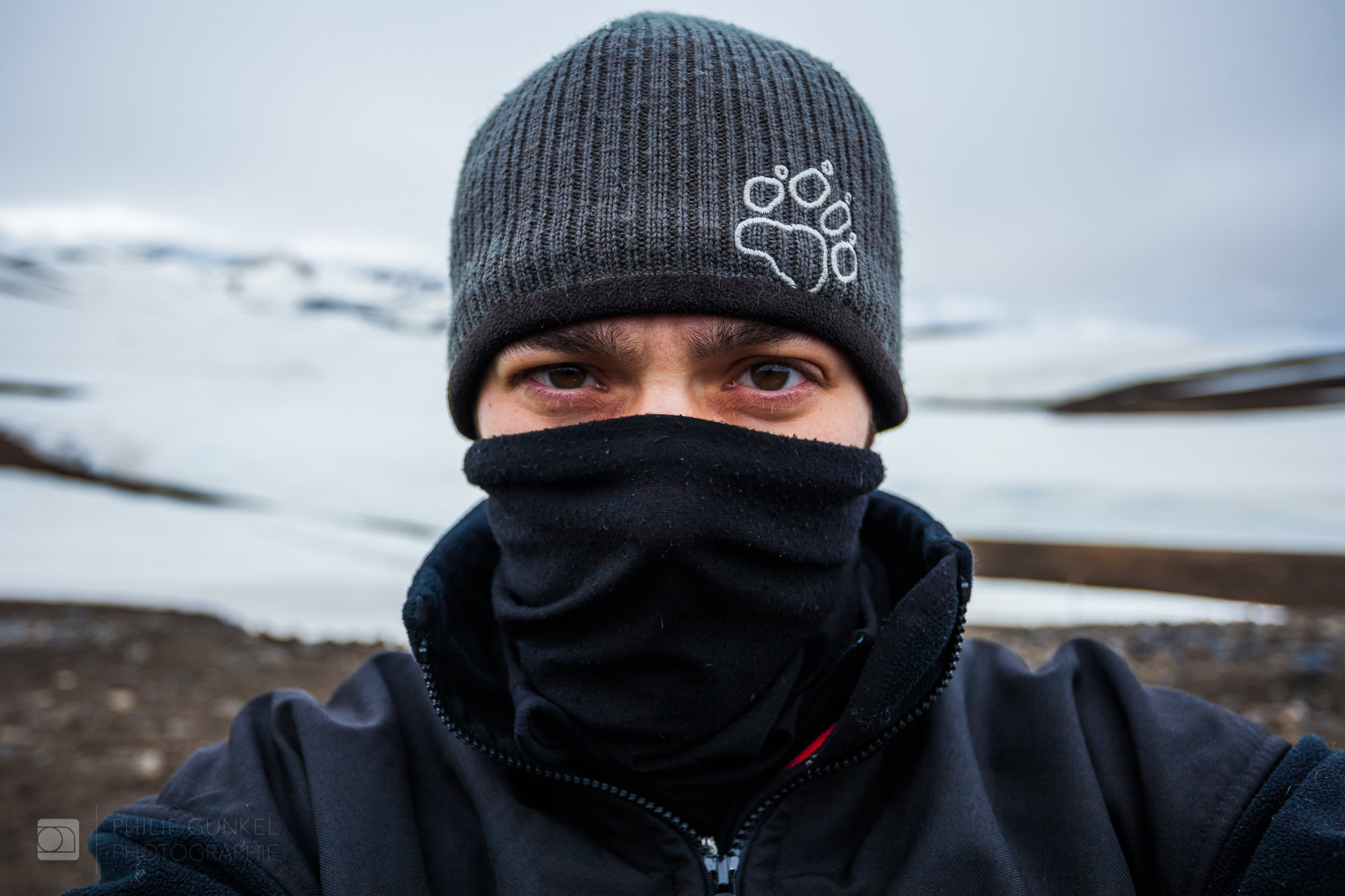
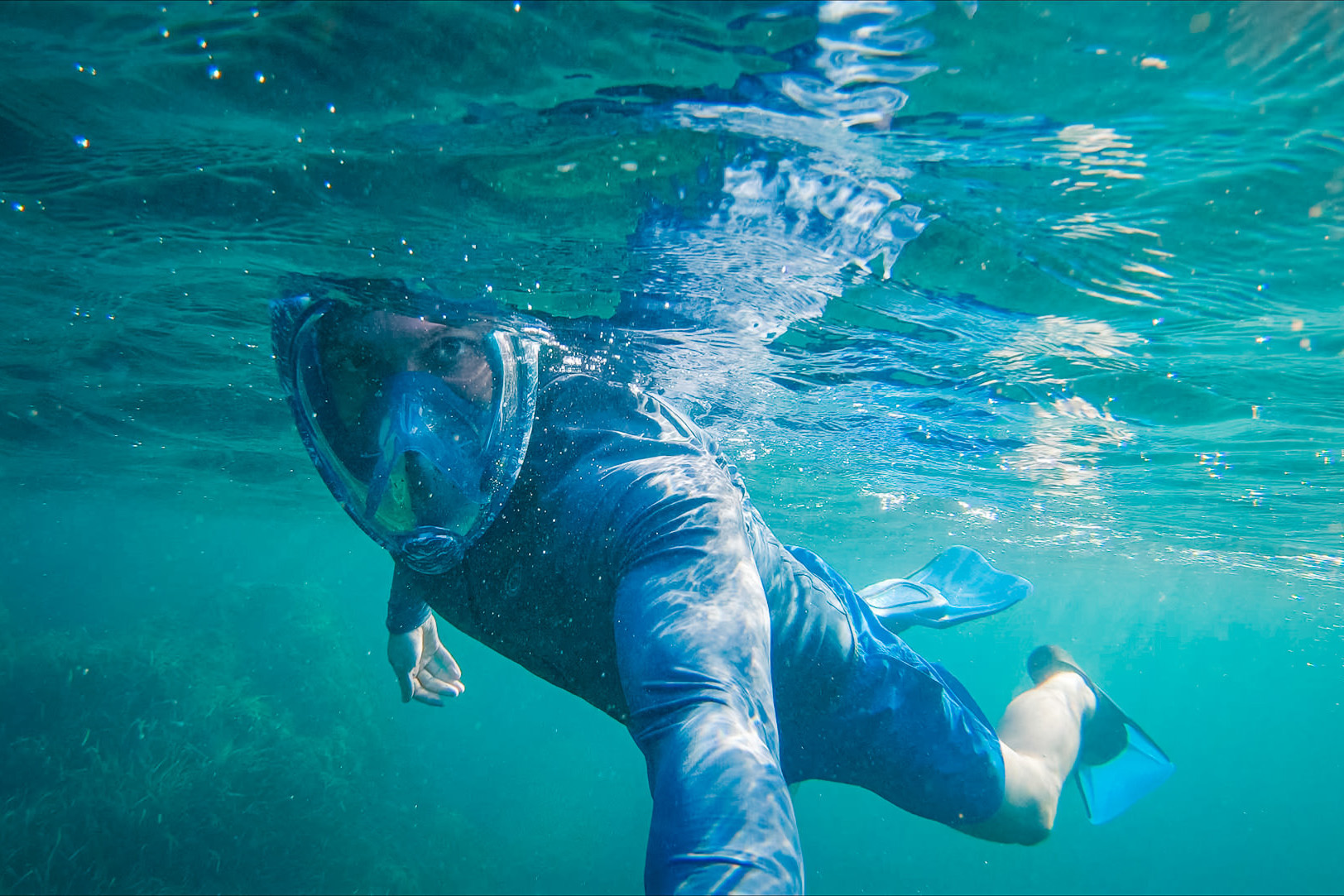
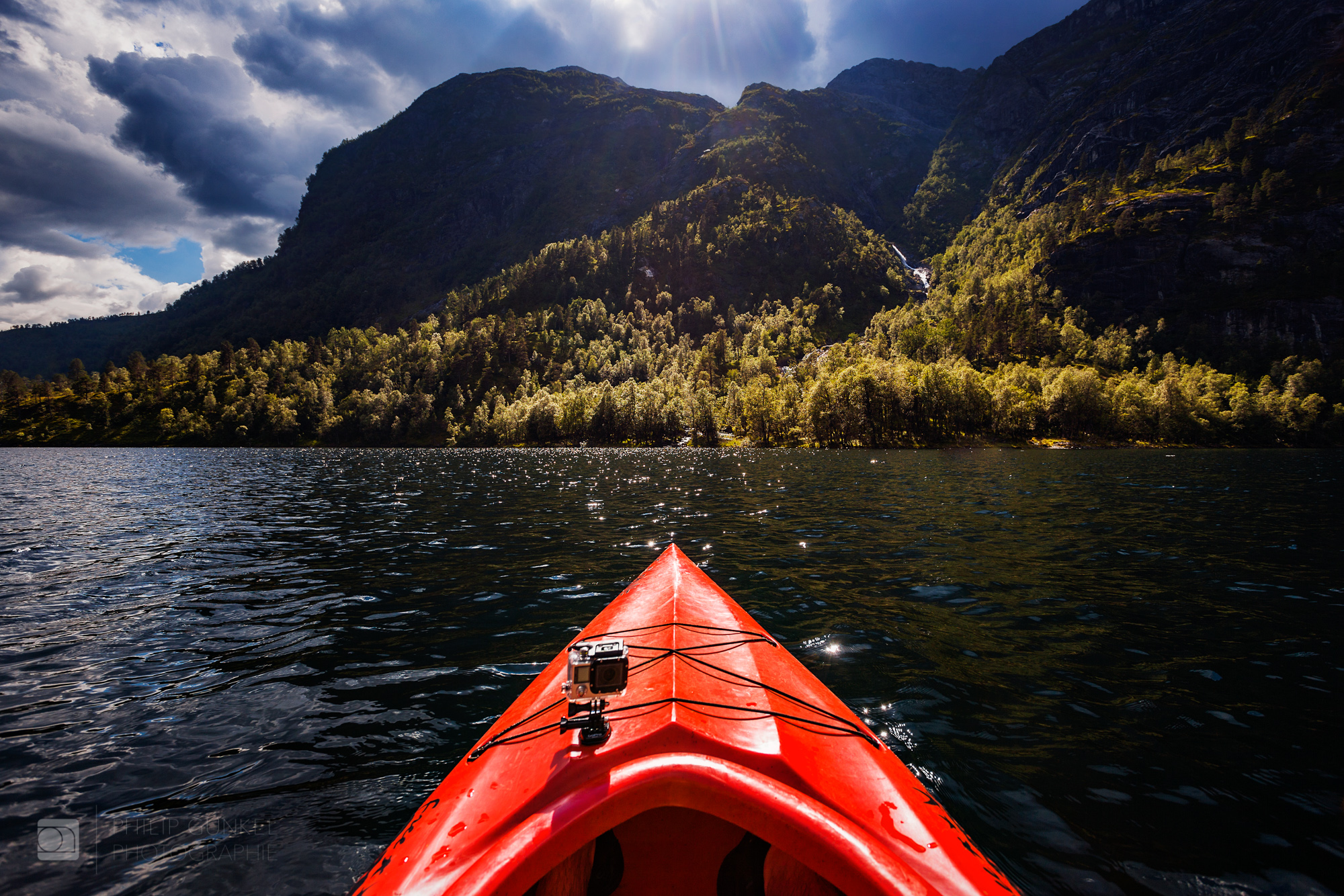

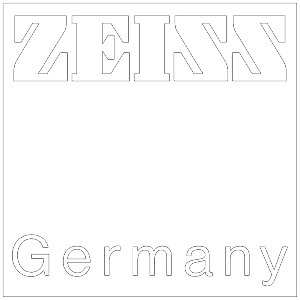
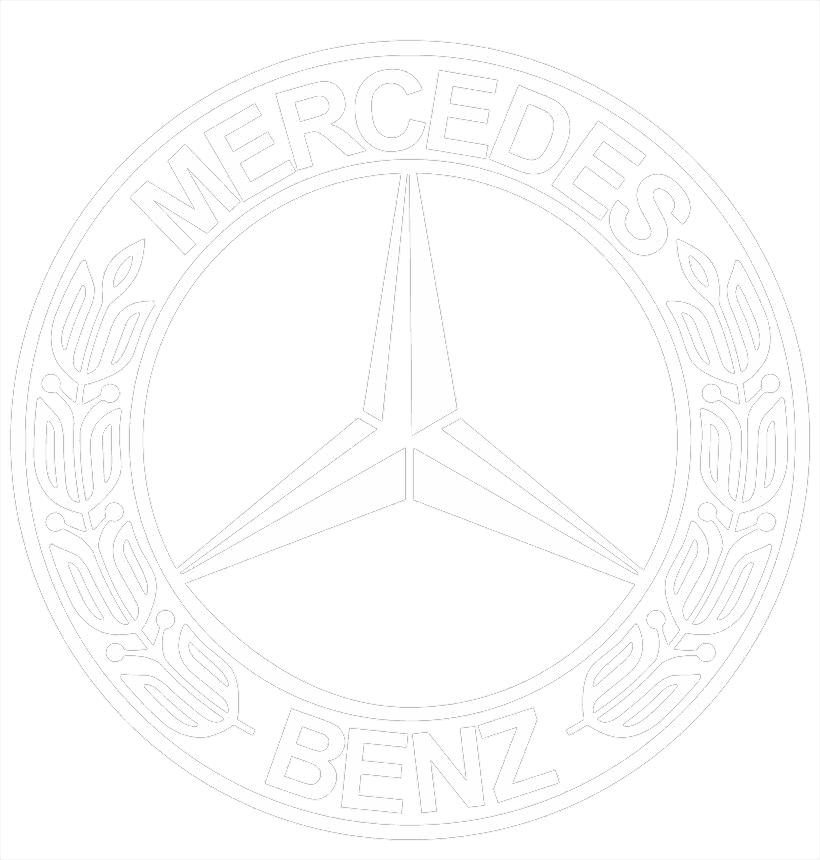


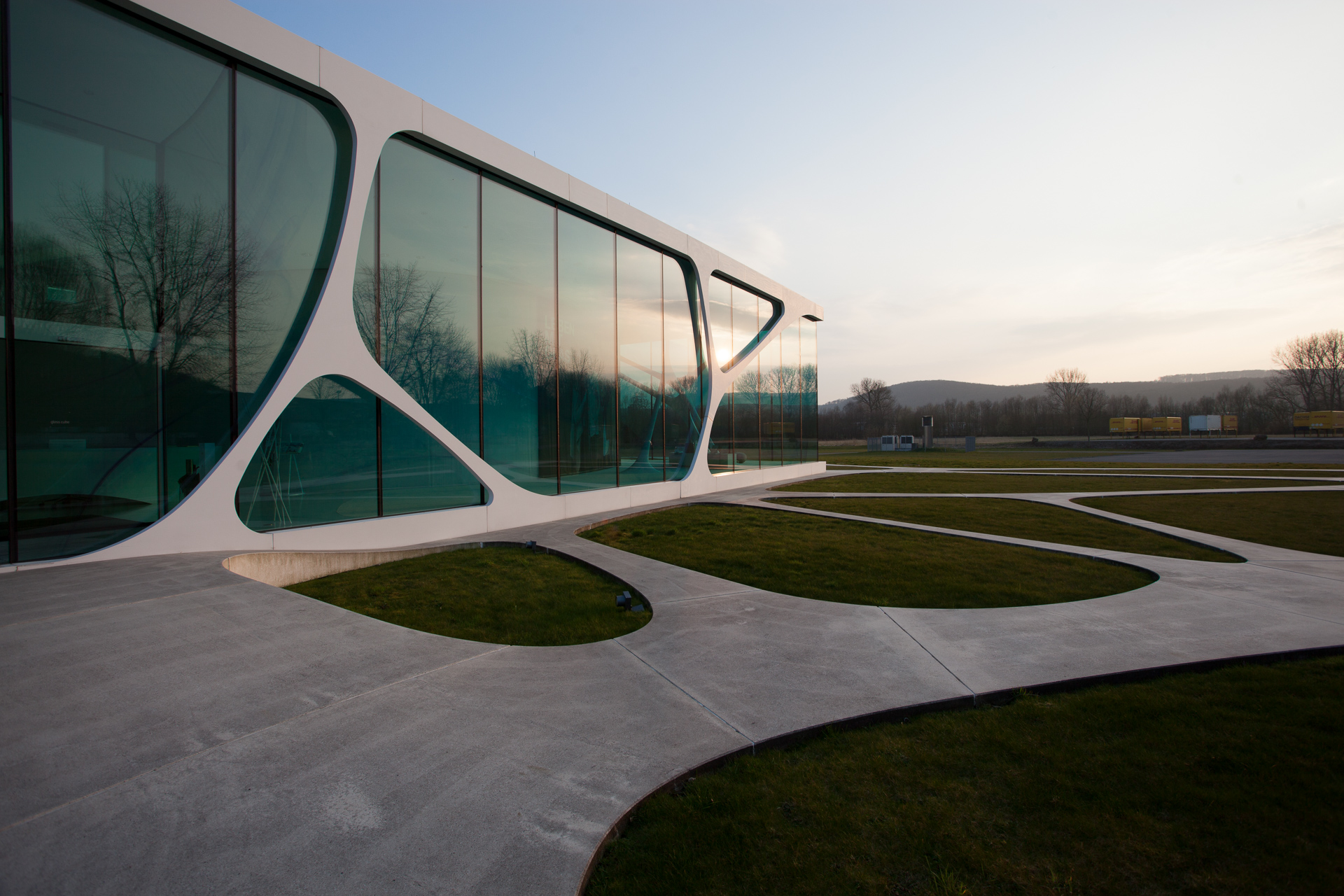
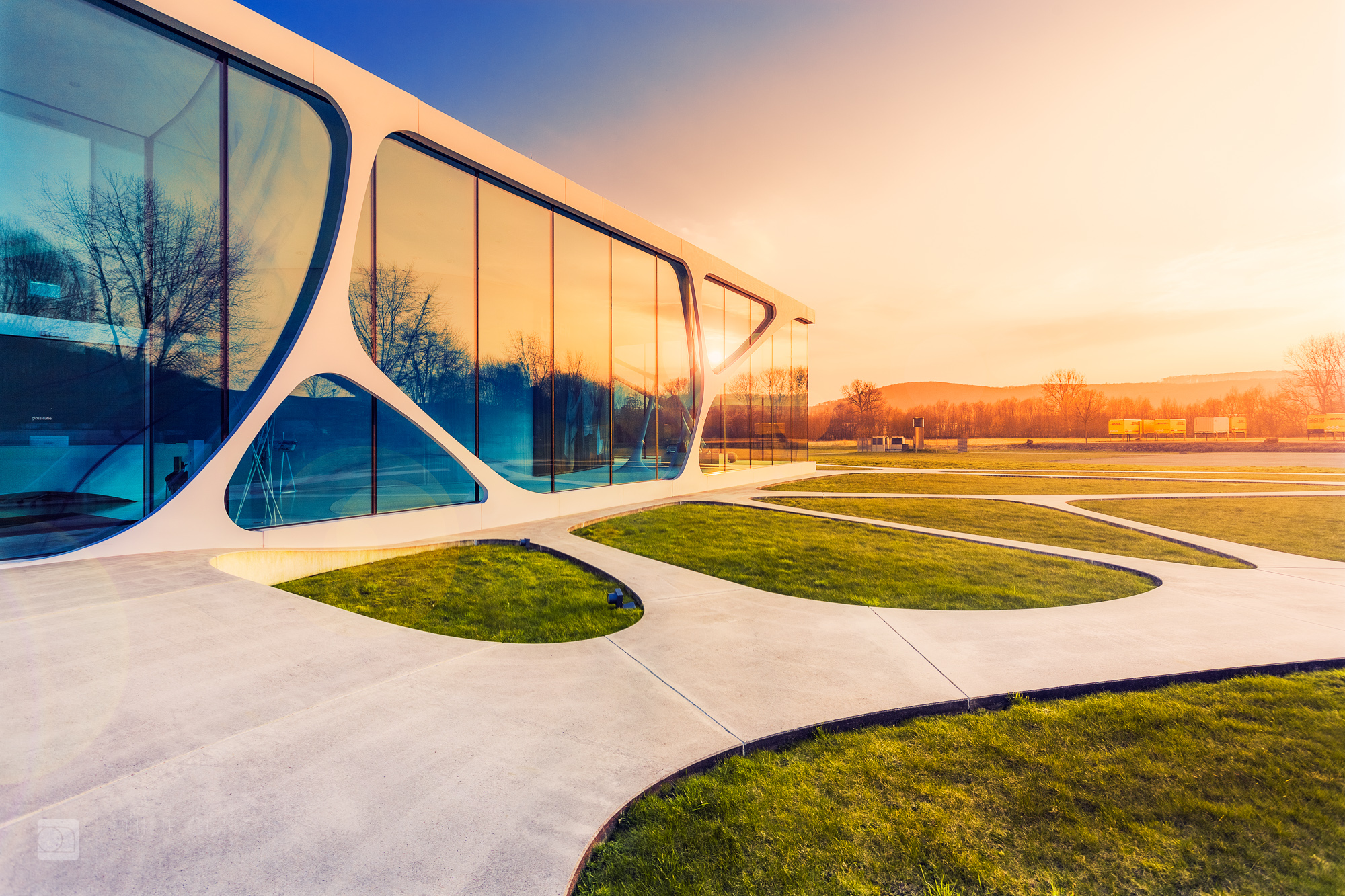
- manually merge several different exposures with specific individual settings to create special effects or to achieve a higher image quality
- advanced exposure bracketing (high dynamic range)
- sky replacement (if impossible to shoot)
- stitching slightly different angles to an ultrawide super high-resolution panoramic image
- correct converging vertical lines
- reduce reflections & glares
- remove or modify any unwanted objects
- reduce, simplify, smoothen, darken certain surfaces (dogde & burn)
- highlight, sharpen the main subject
- remove unwanted color casts
- fine art color correction & setting a specific temperature & mood
- develop a specific signature style for each project
- final sharpen & optimize for web + print
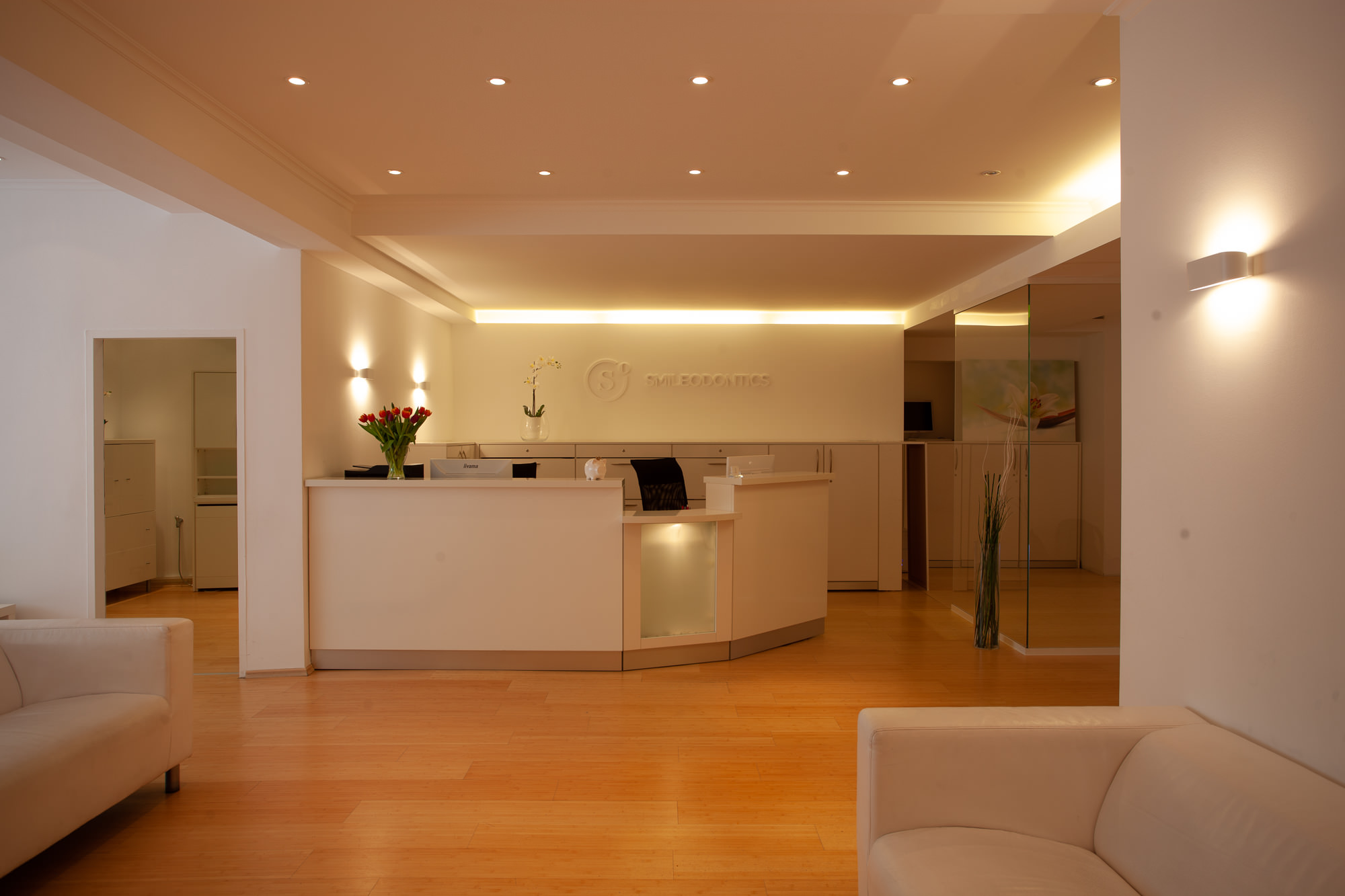
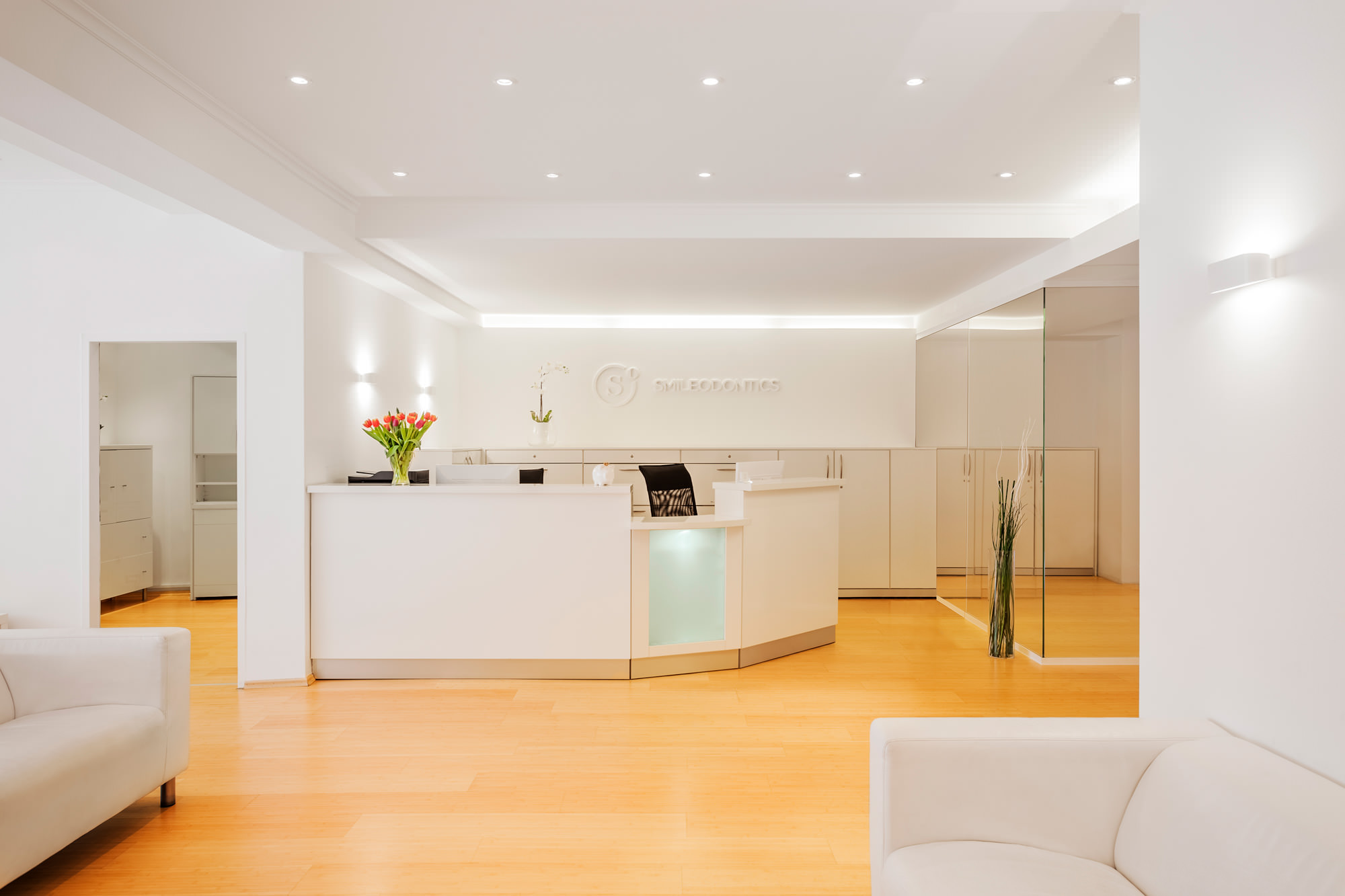
- advanced exposure bracketing (high dynamic range)
- window masking
- stitching different angles to an ultrawide high-resolution panoramic image
- correct converging vertical lines
- reduce reflections & glares
- remove or modify any unwanted objects, cables, splits etc.
- remove distracting scratches, spots & stains from all surfaces
- simplify, smoothen, darken certain surfaces (dogde & burn)
- highlight, sharpen the main subject
- remove unwanted color casts
- fine art color correction, set up a specific temperature & mood
- develop & apply a specific signature style for each project
- final sharpen & optimize for web + print
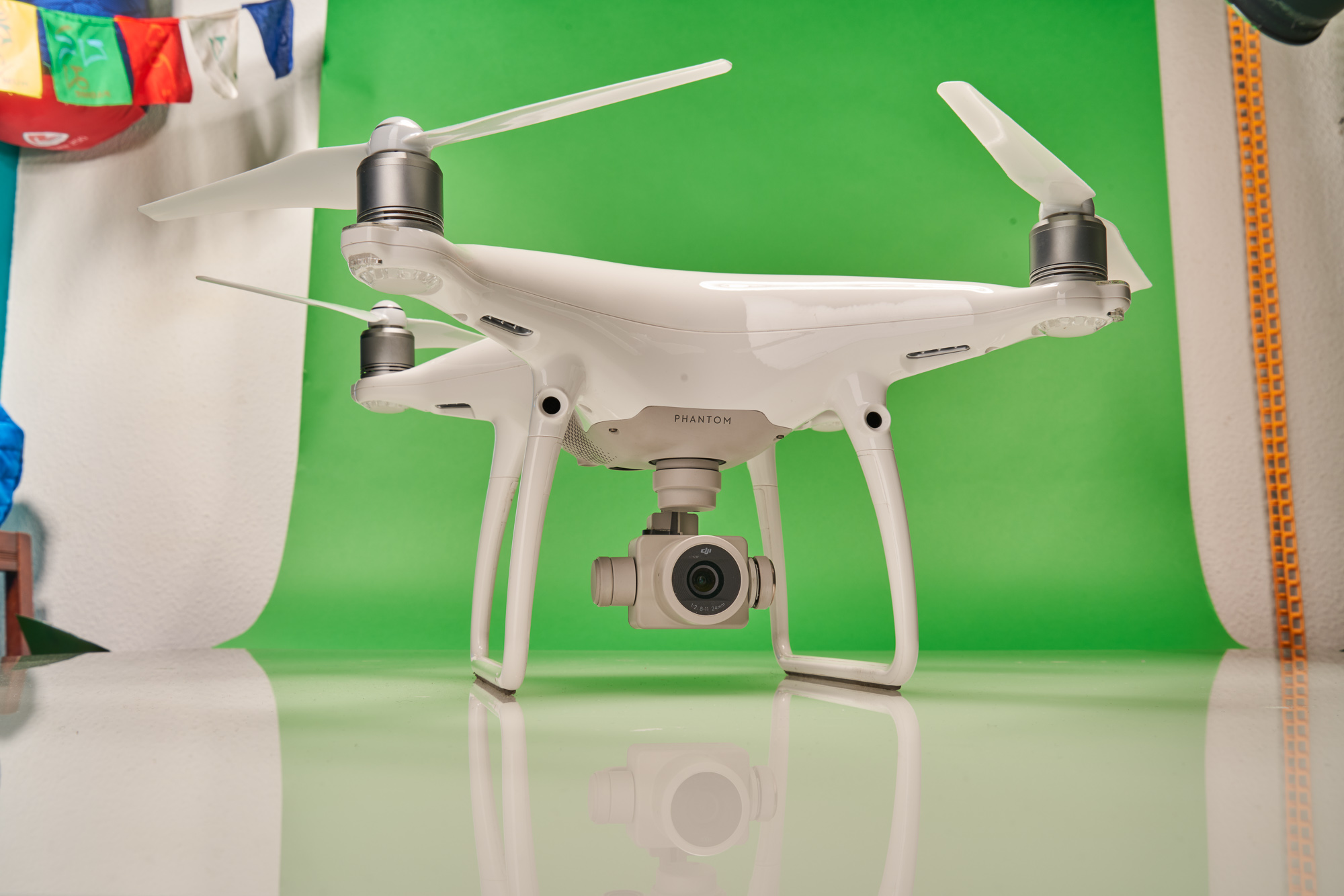
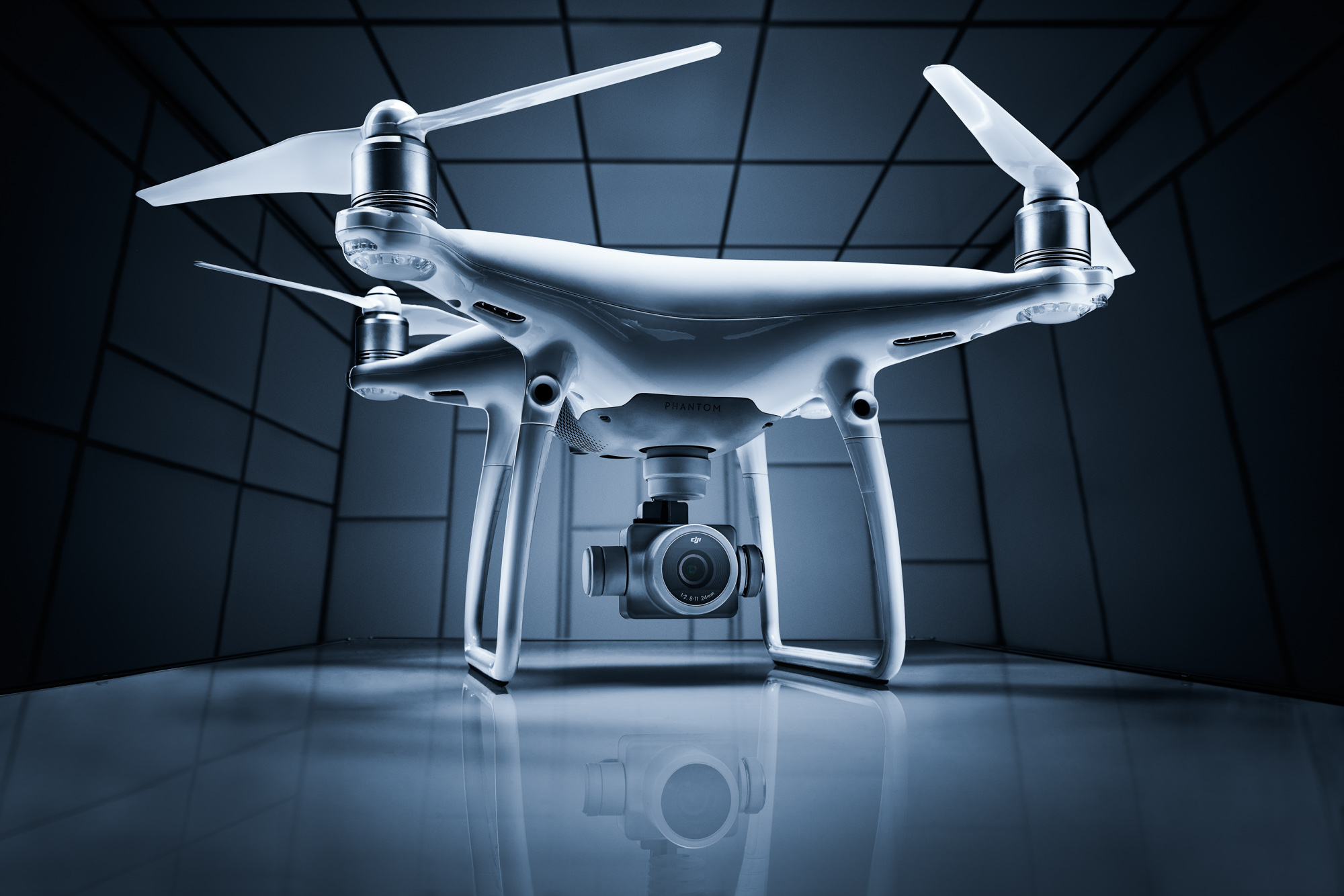
- manually merge different exposures of multiple, locally slightly different types of lighting, into one final image
- exposure bracketing (high dynamic range)
- advanced focus stacking
- clipping & cropping
- create digital backgrounds & ground reflections
- removing real light reflections and recreate new digital reflections to achieve a more clean and visual appealing look
- reduce reflections & glares
- modify the shape of a product
- straighten & clean all edges
- remove distracting scratches, spots & stains from all surfaces
- simplify, smoothen, darken certain surfaces (dogde & burn)
- highlight, sharpen the main subject
- remove unwanted color casts
- fine art color correction, set up a specific temperature & mood
- develop & apply a specific signature style for each project
- final sharpen & optimize for web + print
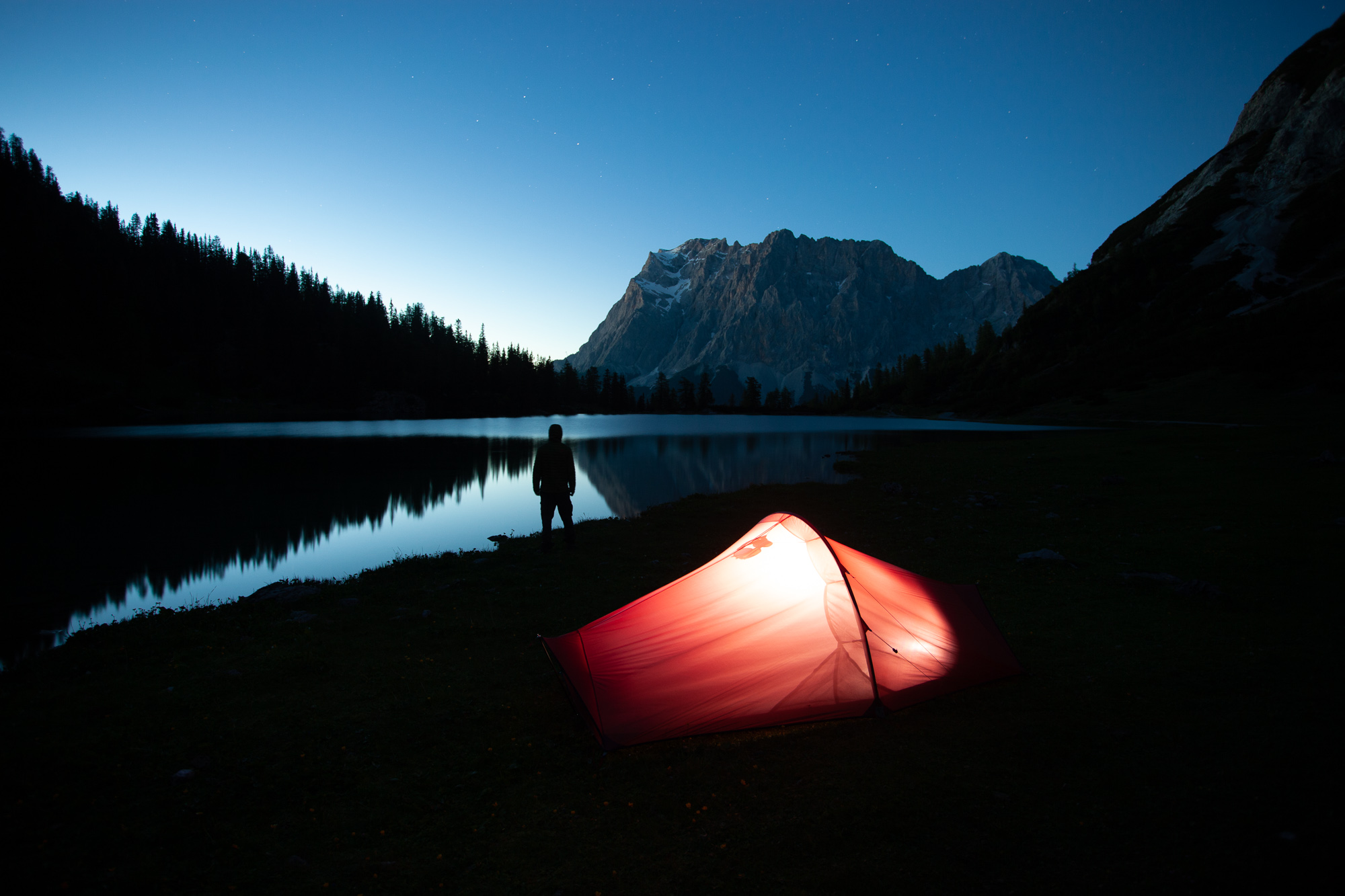
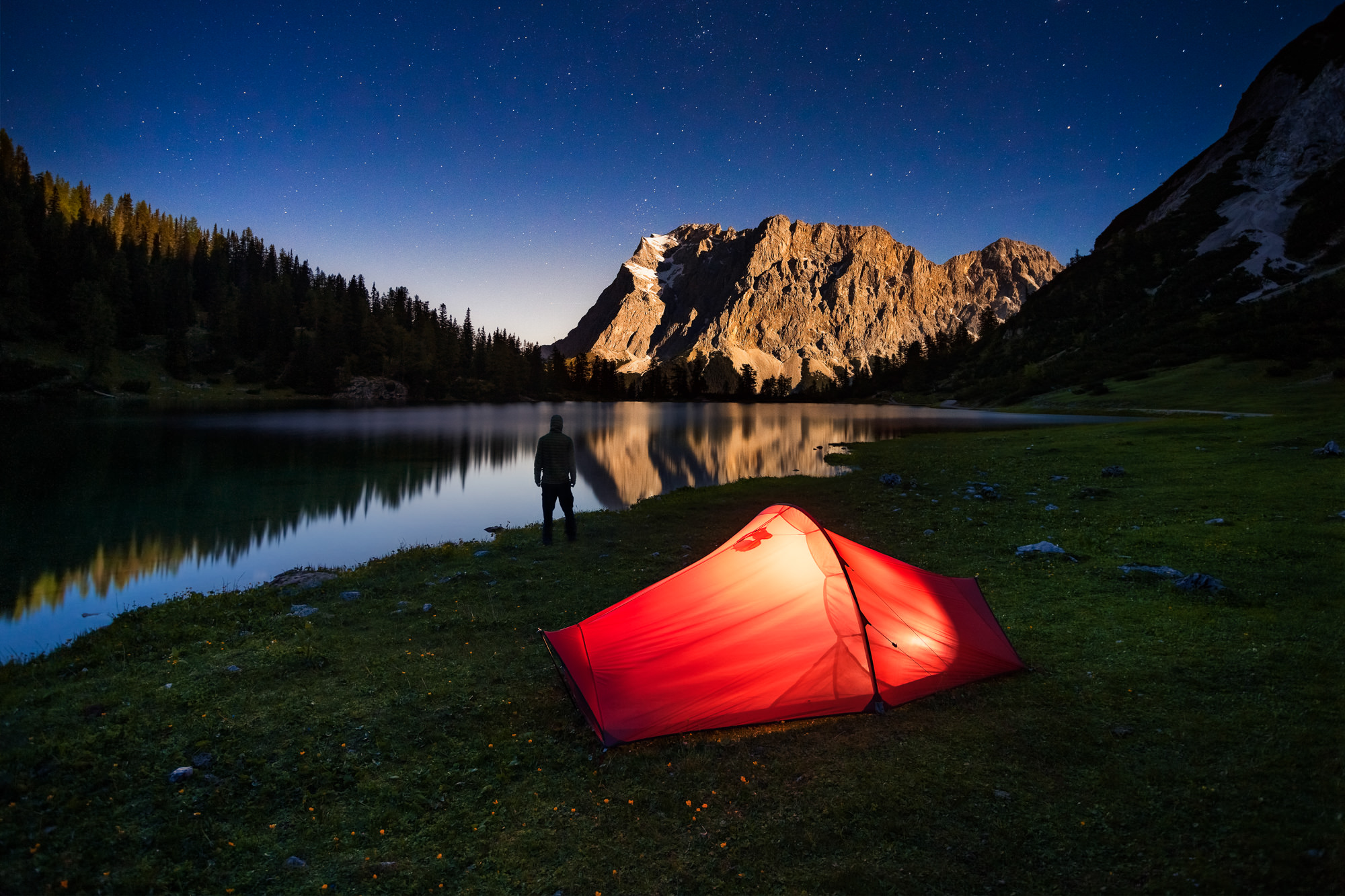
- manually merge several different exposures with specific individual settings to create special effects or a higher level of overall image quality
- advanced exposure bracketing (high dynamic range)
- sky replacement (if impossible to shoot)
- stitching slightly different angles to an ultrawide super high-resolution panoramic image
- reduce reflections & glares
- remove or modify any unwanted objects
- reduce, simplify, smoothen, darken certain surfaces (dogde & burn)
- highlight, sharpen the main subject
- remove unwanted color casts
- fine art color correction & setting a specific temperature & mood
- develop a specific signature style for each project or series
- final sharpen & optimize for web + print
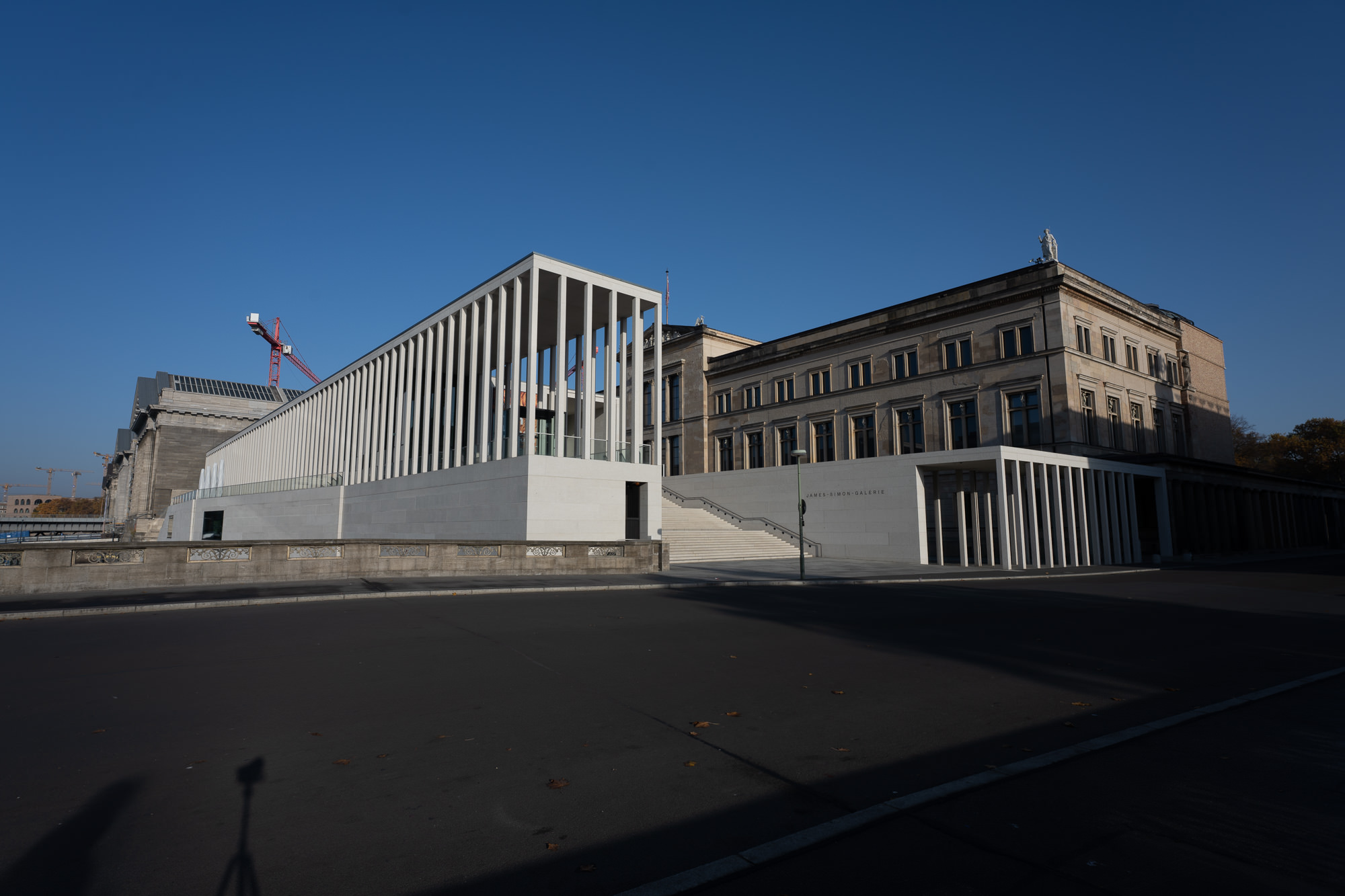
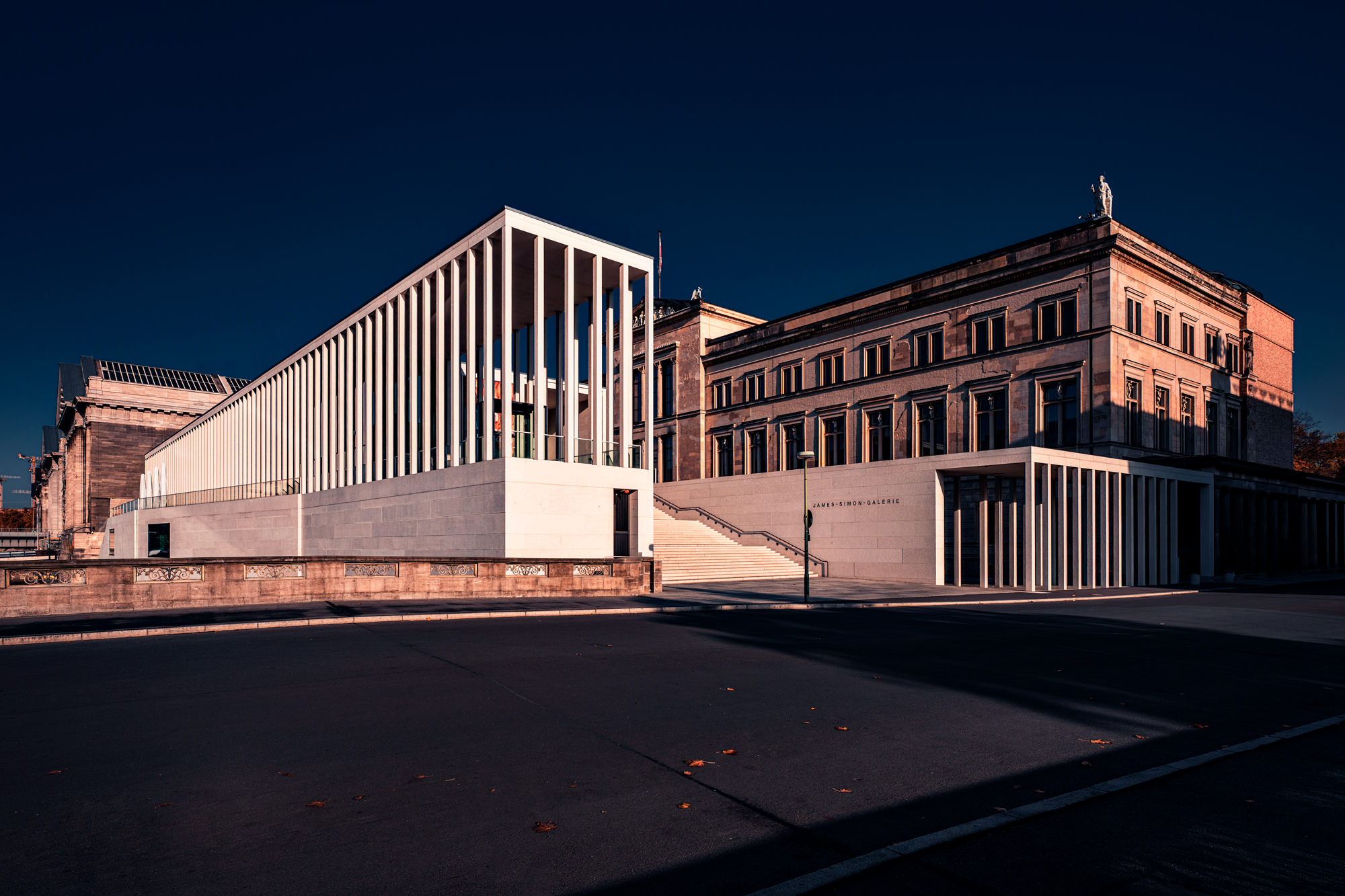
- manually merge several different exposures with specific individual settings to create special effects or to achieve a higher image quality
- advanced exposure bracketing (high dynamic range)
- sky replacement (if impossible to shoot)
- correct converging vertical lines
- reduce reflections & glares
- remove or modify any unwanted objects
- reduce, simplify, smoothen, darken certain surfaces (dogde & burn)
- highlight, sharpen the main subject
- remove unwanted color casts
- fine art color correction & setting a specific temperature & mood
- develop a specific signature style for each project
- final sharpen & optimize for web + print
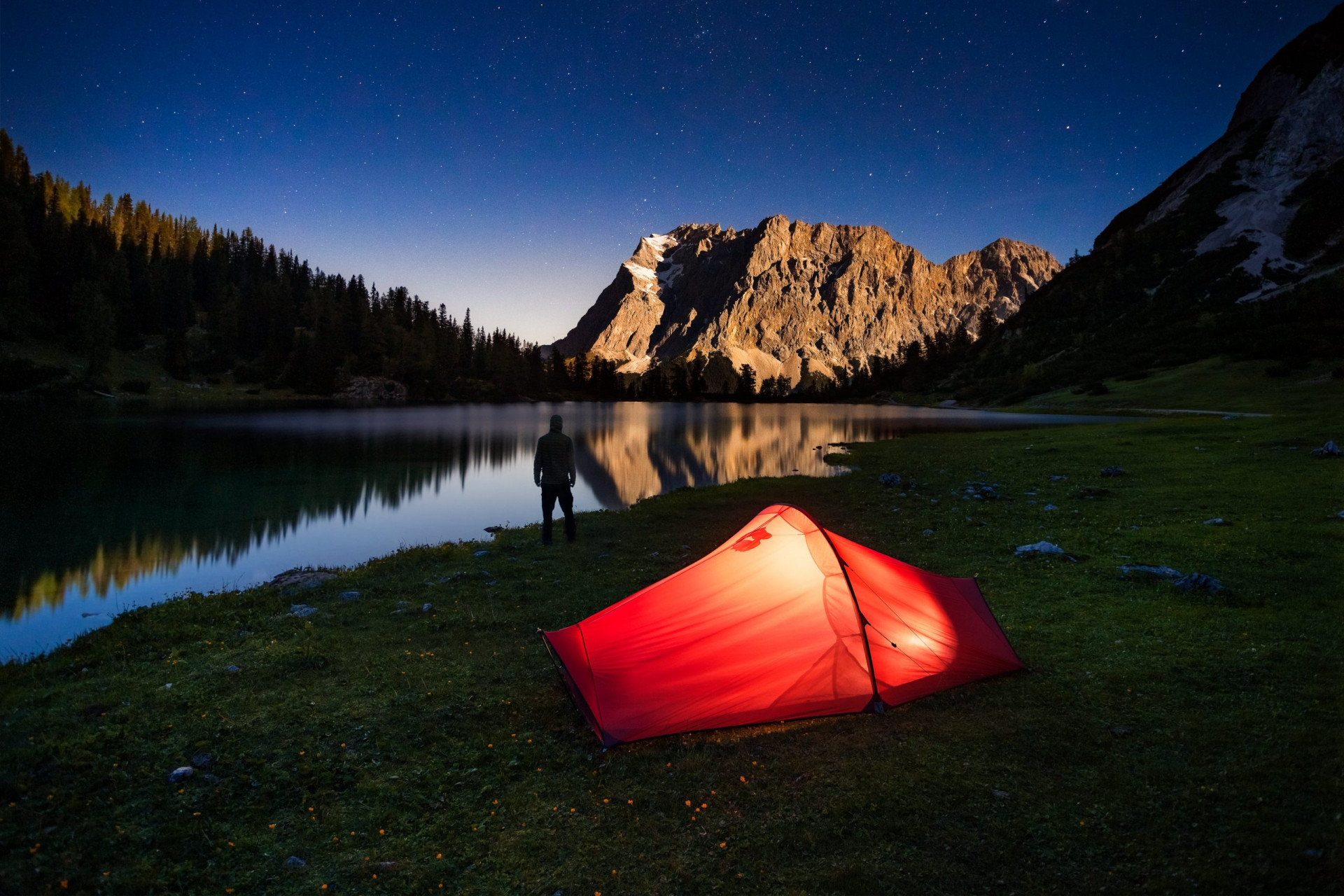

No spam, guaranteed!
